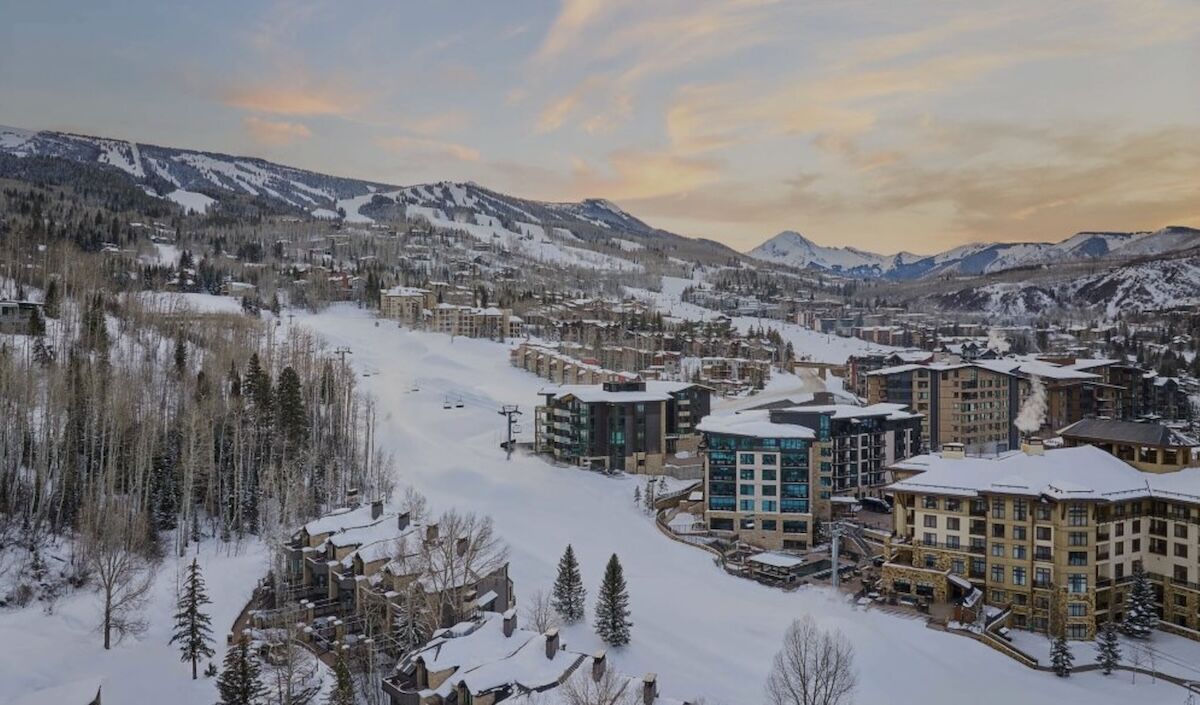A Selfie Station at La Sagrada Familia Will Help Manage Crowds. These Places Could Use Them, Too.
It's not the only destination that could benefit from keeping selfie-takers in one place.
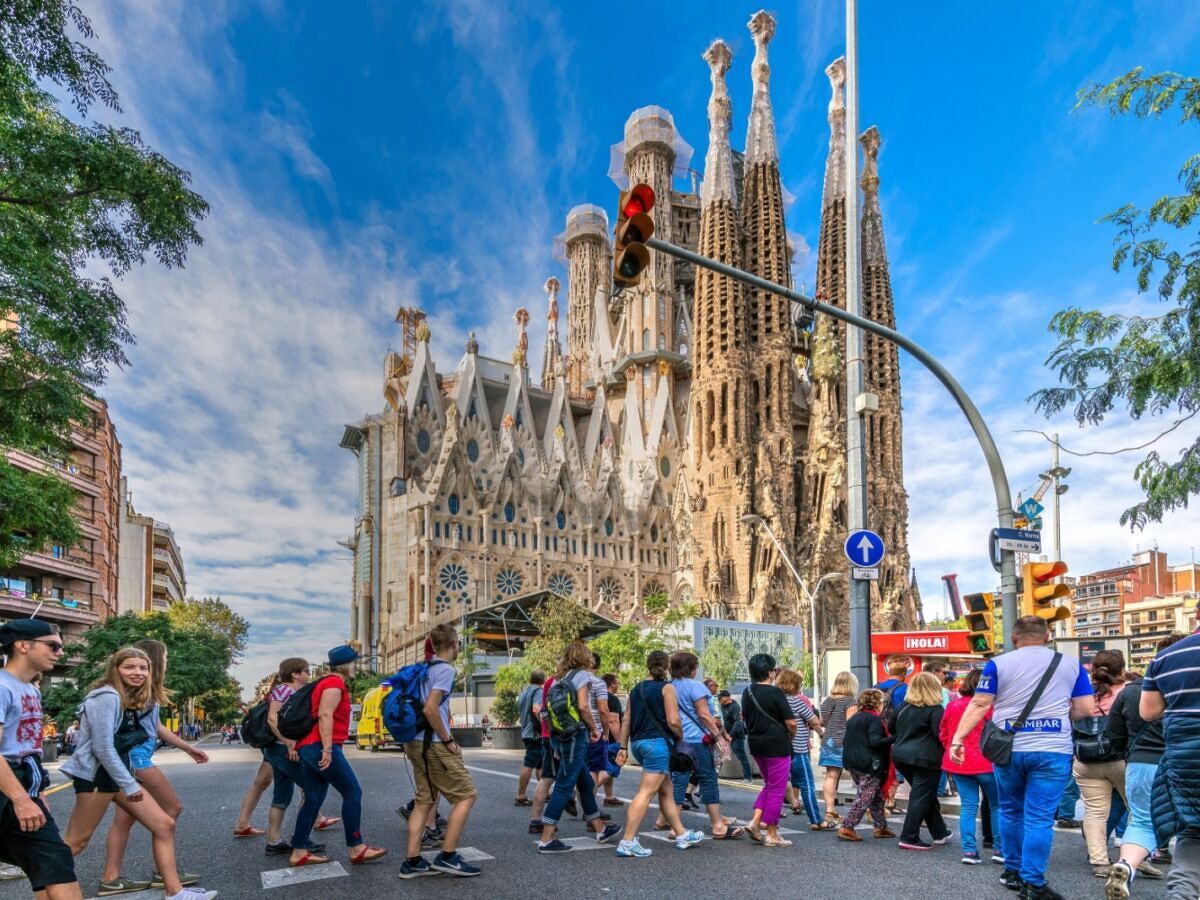
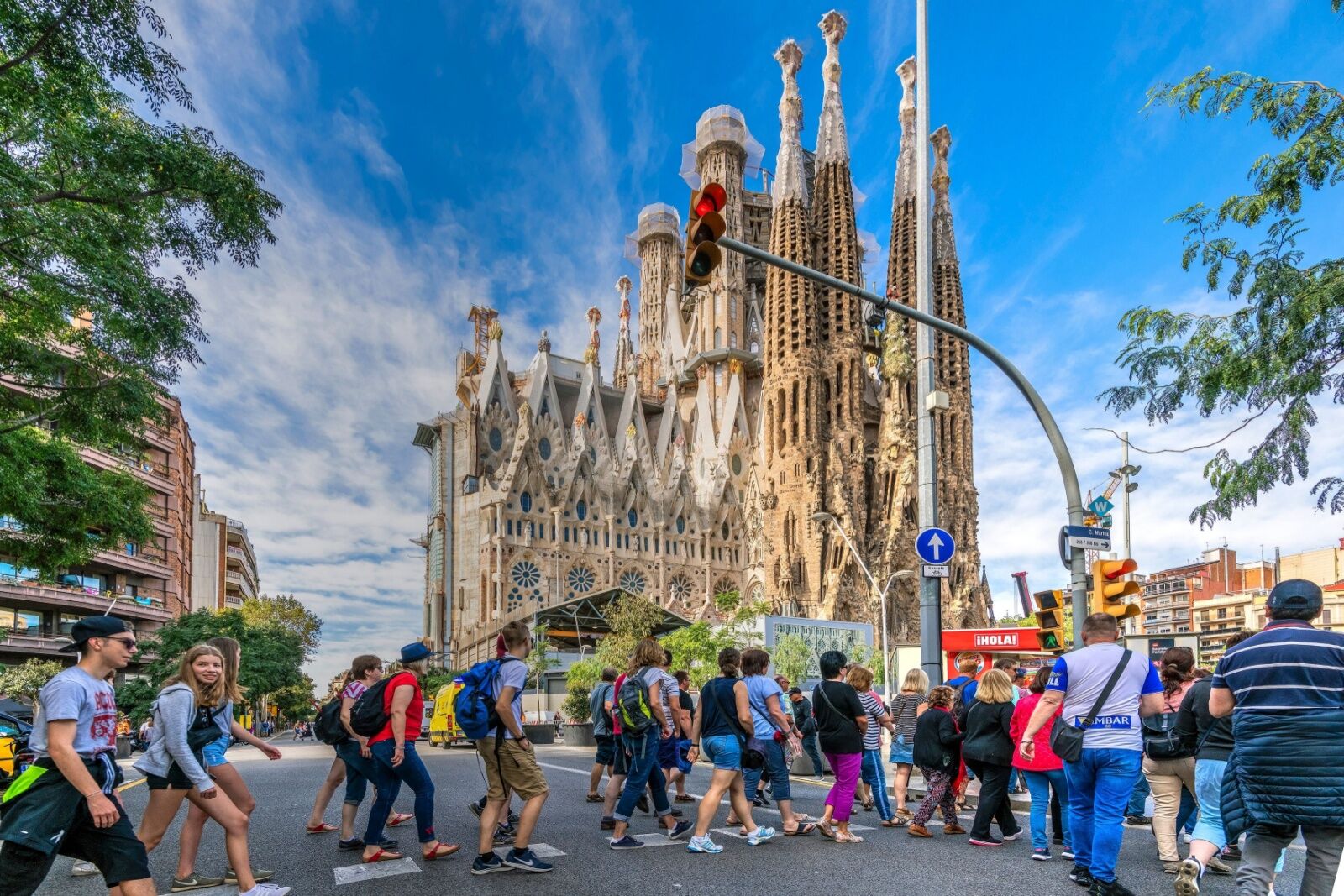
It’s one of the most well-known tourist attractions in Europe — and a huge headache for locals.
That’s why La Sagrada Família in Barcelona is planning to build a dedicated “selfie station” to accommodate the thousands of tourists who gather daily for photos in front of the iconic basilica. The new platform is intended to improve pedestrian flow and safety in the busy area, particularly along Carrer de Mallorca, where sidewalks often become overcrowded with visitors trying to get the perfect shot. The proposed station will be slightly elevated to offer an unobstructed view of Antoni Gaudí’s masterpiece, and is part of a larger ongoing overtourism issue in Barcelona.
The roughly 10,000-square-foot platform will be between the “Nativity Façade”of the basilica and “Plaça Gaudí” on Carrer de la Marina — an already popular spot for photos of the famous late-Gothic architectural marvel. The goal is to reduce the interruptions and inconveniences for locals caused by the roughly 4.7 million visitors each year to La Sagrada Família , the second-most visited tourist site in all of Spain. According to early reporting by Euro News, the project will cost roughly 2.7 million Euro, and construction will run from late fall of 2025 to early April of 2026.
The project is part of a larger 44 million euro plan designed to manage the heavy influx of tourists in the city. Most funds will be spent around three major tourist sites: La Sagrada Família, Park Güell, and the Boqueria market on La Rambla. Strategies include potential tourist quotas, additional enforcement and on-the-ground tourism agents, new tourist taxes, additional tourist buses and public transportation options, and increased cleaning and maintenance efforts.
Here are four other locations that could also benefit from designated photo areas to keep tourists out of the way for locals.
The Trevi Fountain, Rome
The Trevi Fountain, one of Rome’s most iconic landmarks, could make use of a dedicated tourist platform. The fountain attracts millions of visitors annually, creating chaotic scenes as tourists compete for space to take photos or toss coins into the water. It taints the visitor experience, but also disrupts locals, as the streets around the fountain have turned into elbow-to-elbow crowd situations on most days. A tourist platform or designated area for photos could help reduce some of the litter, noise, and street blockage in areas around the fountain. Of course, given that it’s an 18th-century Baroque masterpiece surrounded by buildings from the 1700s and earlier, there’s not exactly tons of free space for building new large-scale tourist infrastructure.
The Eiffel Tower, Paris
The Eiffel Tower could greatly benefit from a designated photo or selfie platform to manage the overwhelming crowds that gather at its most popular viewpoints, such as the Esplanade du Trocadéro and Champ de Mars. The Esplanade du Trocadéro would be an ideal location, as it already has one of the most spectacular views of the Eiffel Tower. A raised or tiered structure there could provide help funnel tourists to one spot, allowing locals moving through the area to walk without dodging selfie sticks and big groups taking family photos.
The Colosseum, Rome
The paths leading to the Colosseum in Rome suffer from heavy tourism congestion and could benefit from a designated photo or selfie platform to manage the crowds. A good location would be near the Arch of Constantine, one of the busiest parts of the Colosseum complex. Visitors frequently stop in high-traffic areas to capture photos, creating bottlenecks and disrupting pedestrian flow. As with many locations popular with tourists, the selfie station could be something temporarily constructed in the busy tourist season to help manage crowds without permanently changing the look of the historic area. Another option is Colle Oppio Park, which has more panoramic views of the Colosseum from a quieter vantage point slightly uphill.
The Tidal Basin, Washington, D.C
Each spring, the National Mall in Washington, DC, gets overrun with visitors coming to take photos and pose for all manner of photo shoot under the bright pink cherry blossom trees that line the Tidal Basin. While a viewing platform wouldn’t help with the throngs of people during the Cherry Blossom Festival that can fill metro stations and overrun sidewalks, it would make it easier to move around the Tidal Basin, especially for residents trying to go for jogs, bike rides, or walk to work. A raised, temporary platform that provided unobstructed views of the trees and the Jefferson Memorial could also benefit the trees by reducing foot traffic and eliminating damage to their branches and root systems. ![]()





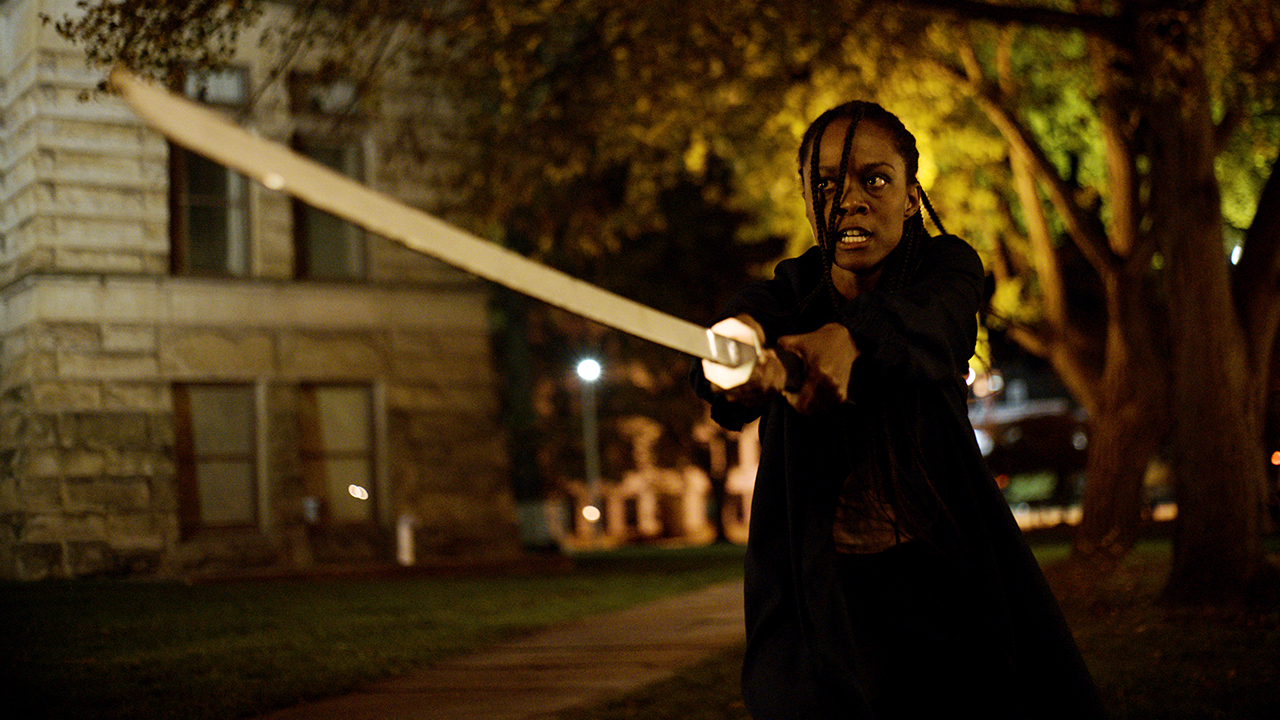


















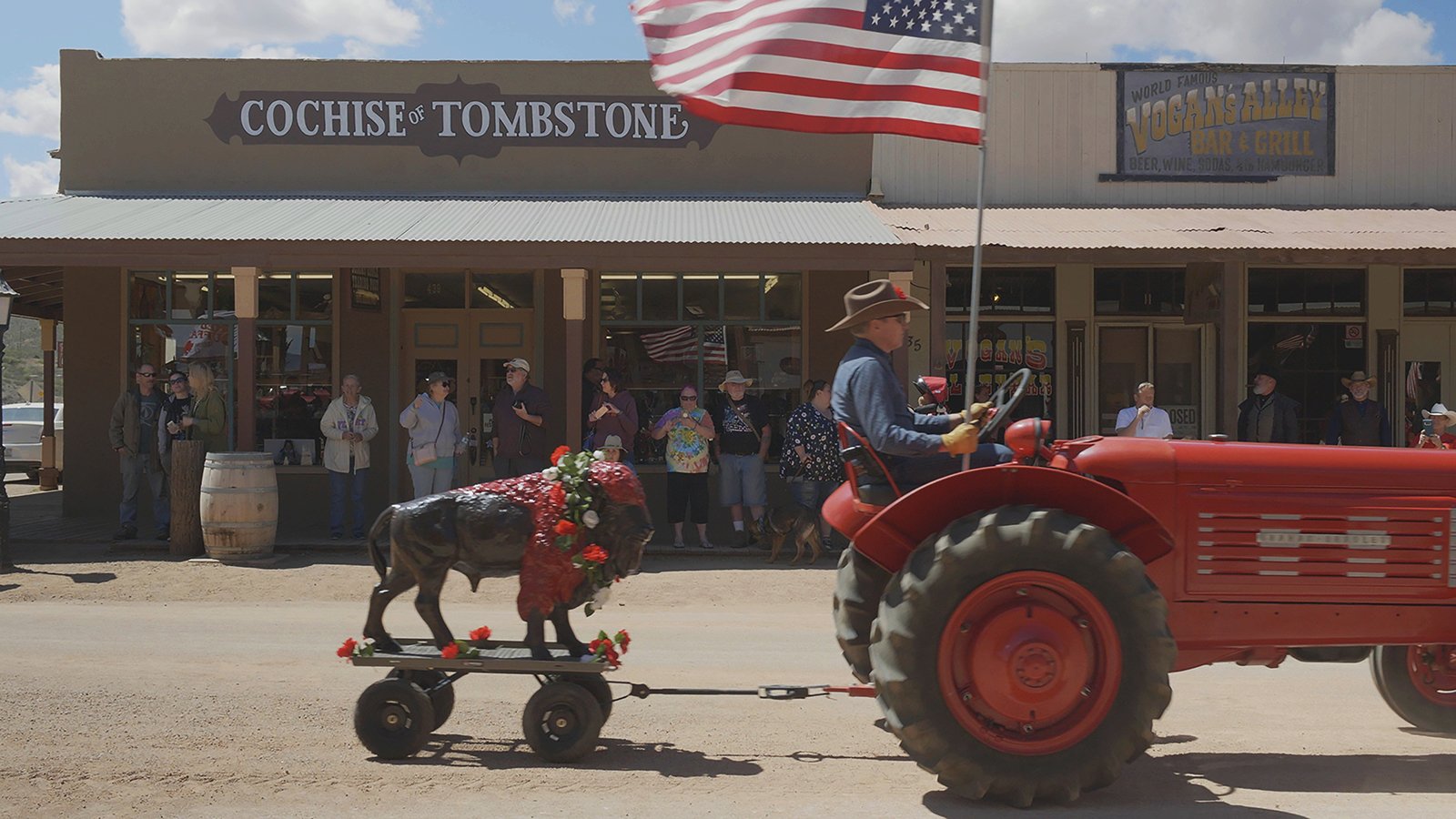


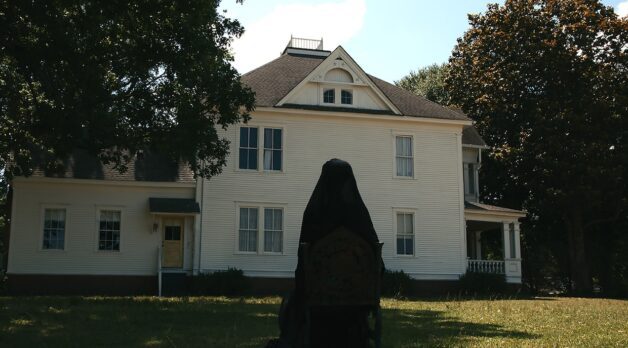












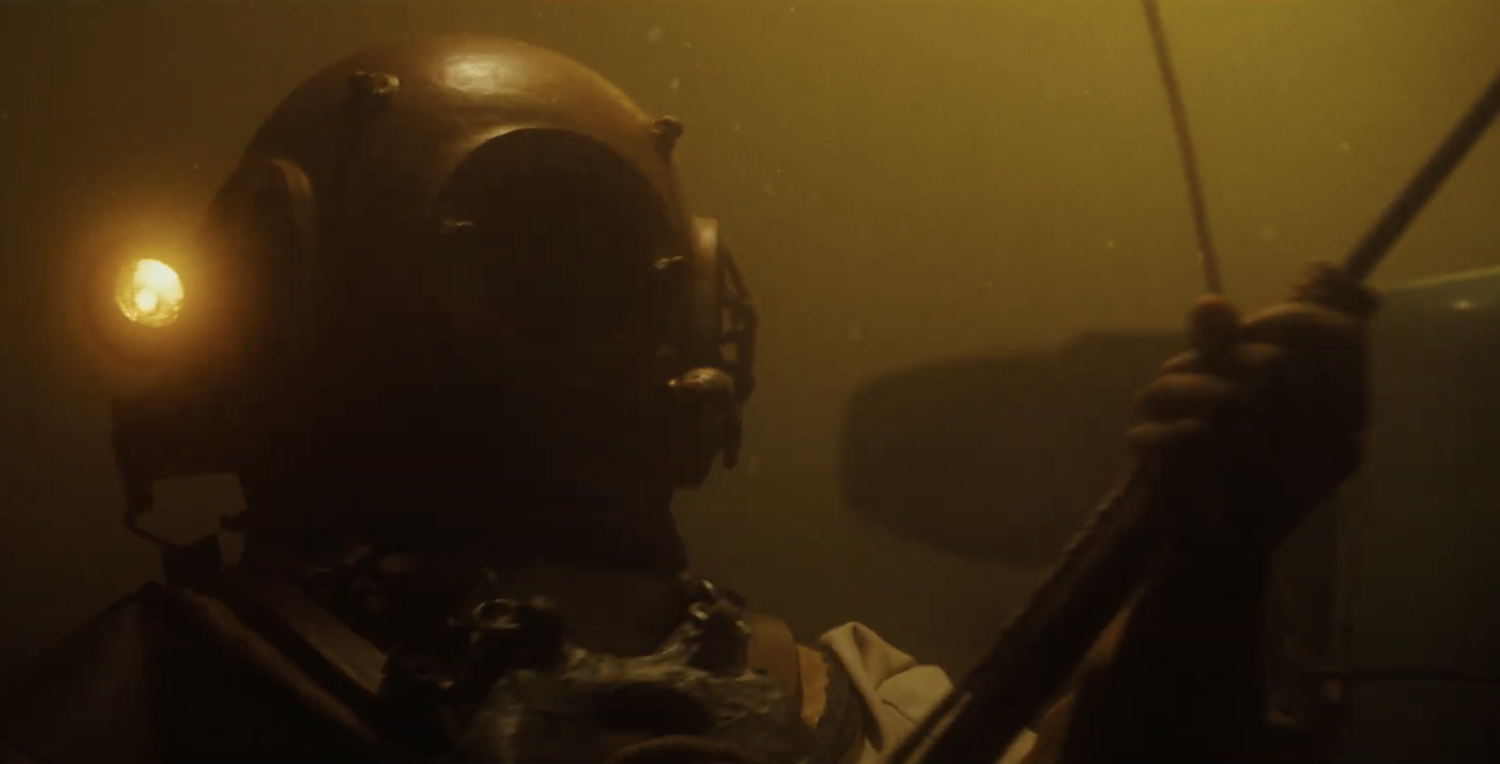











![THE NUN [LA RELIGIEUSE]](https://www.jonathanrosenbaum.net/wp-content/uploads/2019/12/TheNun-300x202.jpg)
![Bright Spots in the Darkness [My 1998 Top Ten List]](https://jonathanrosenbaum.net/wp-content/uploads/2009/04/rochefort.jpg)





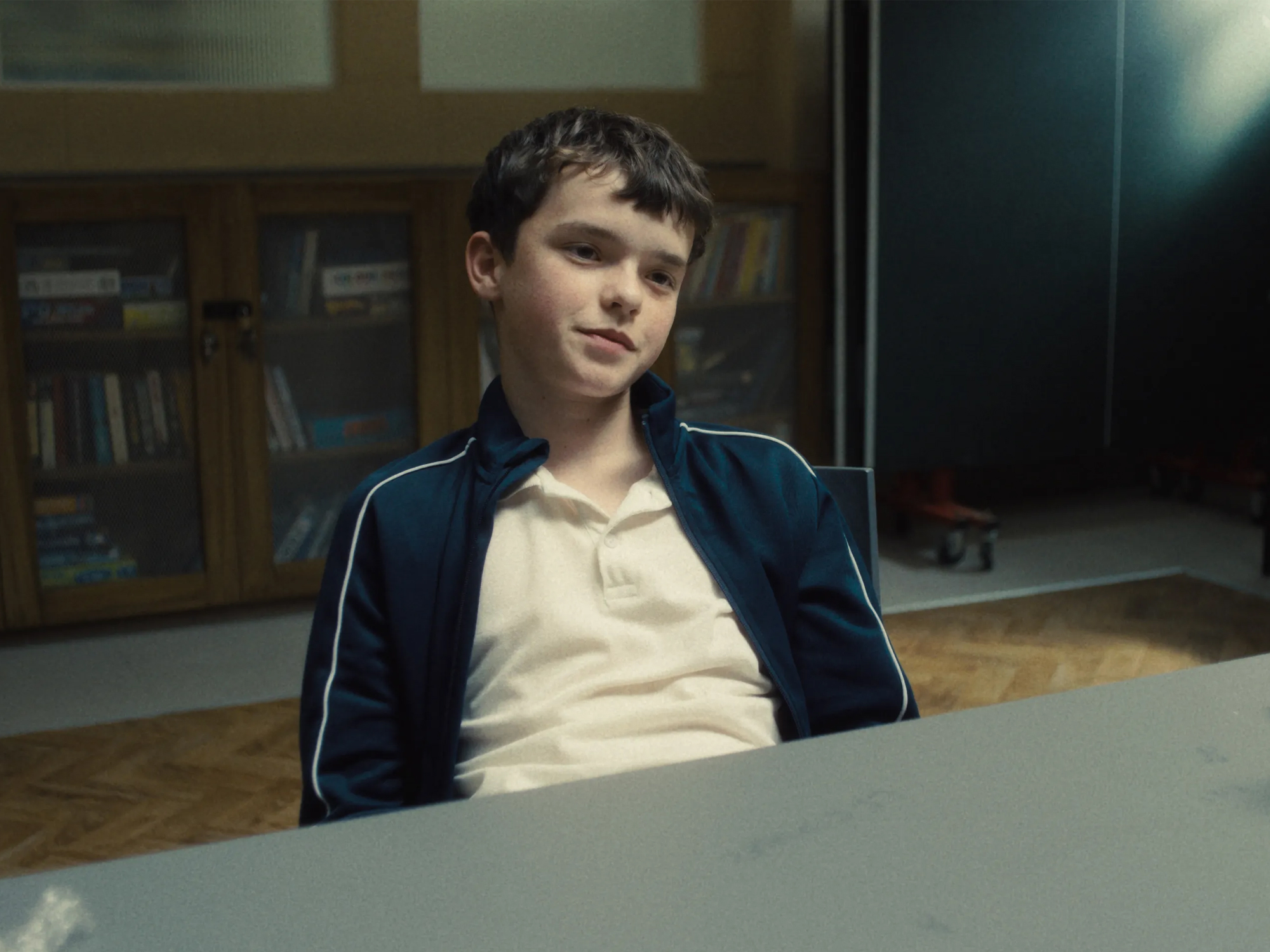










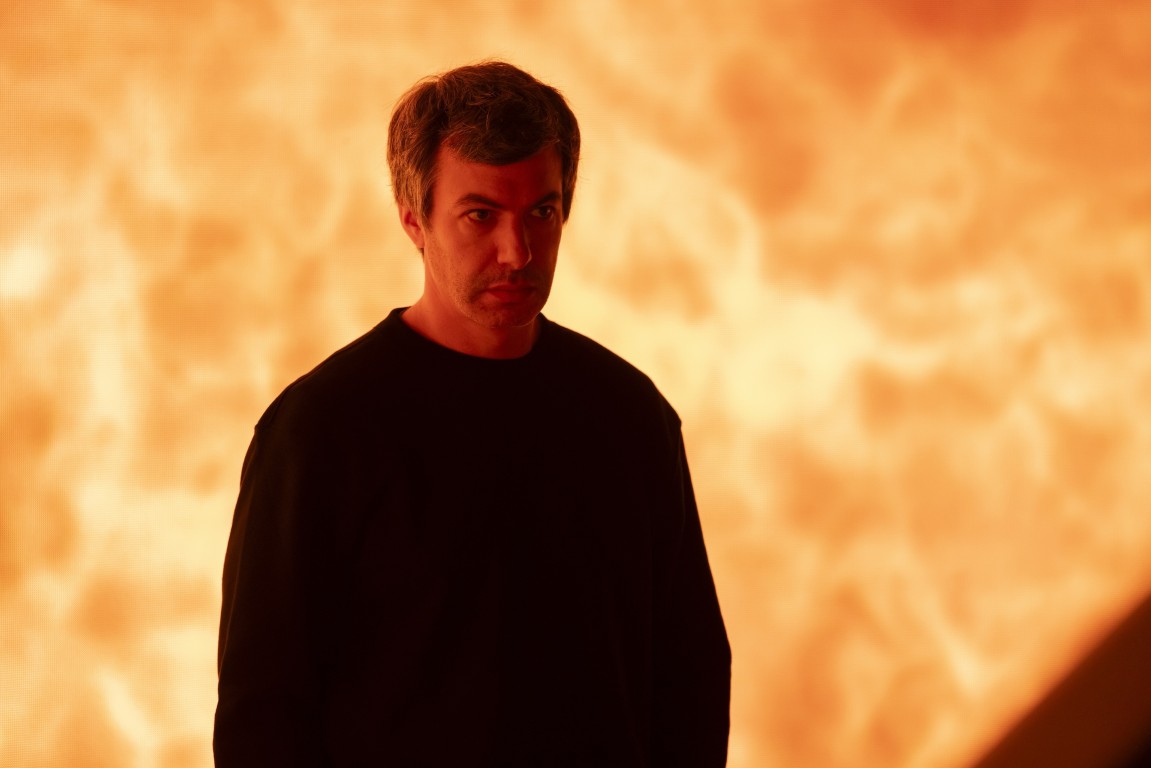








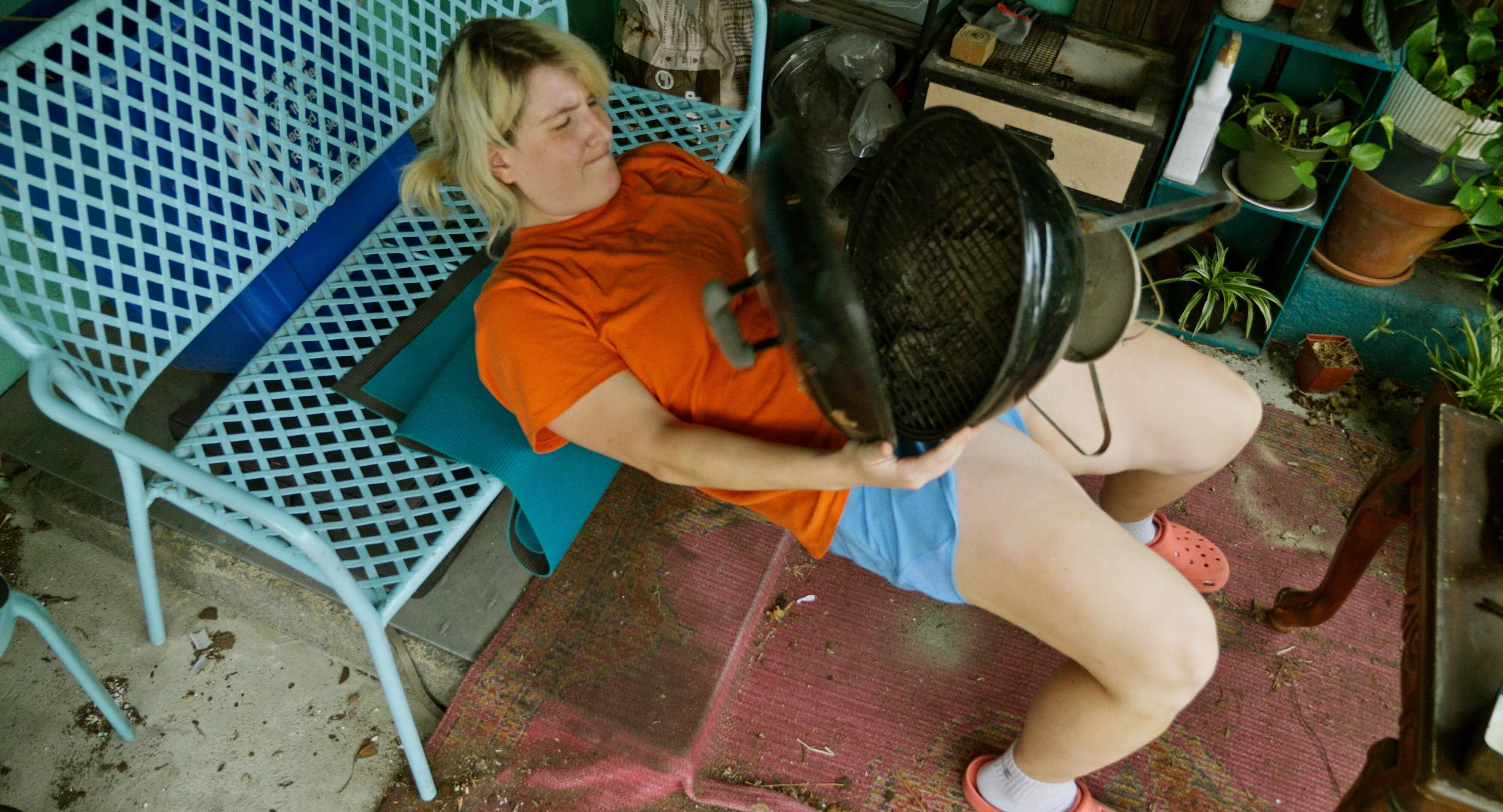



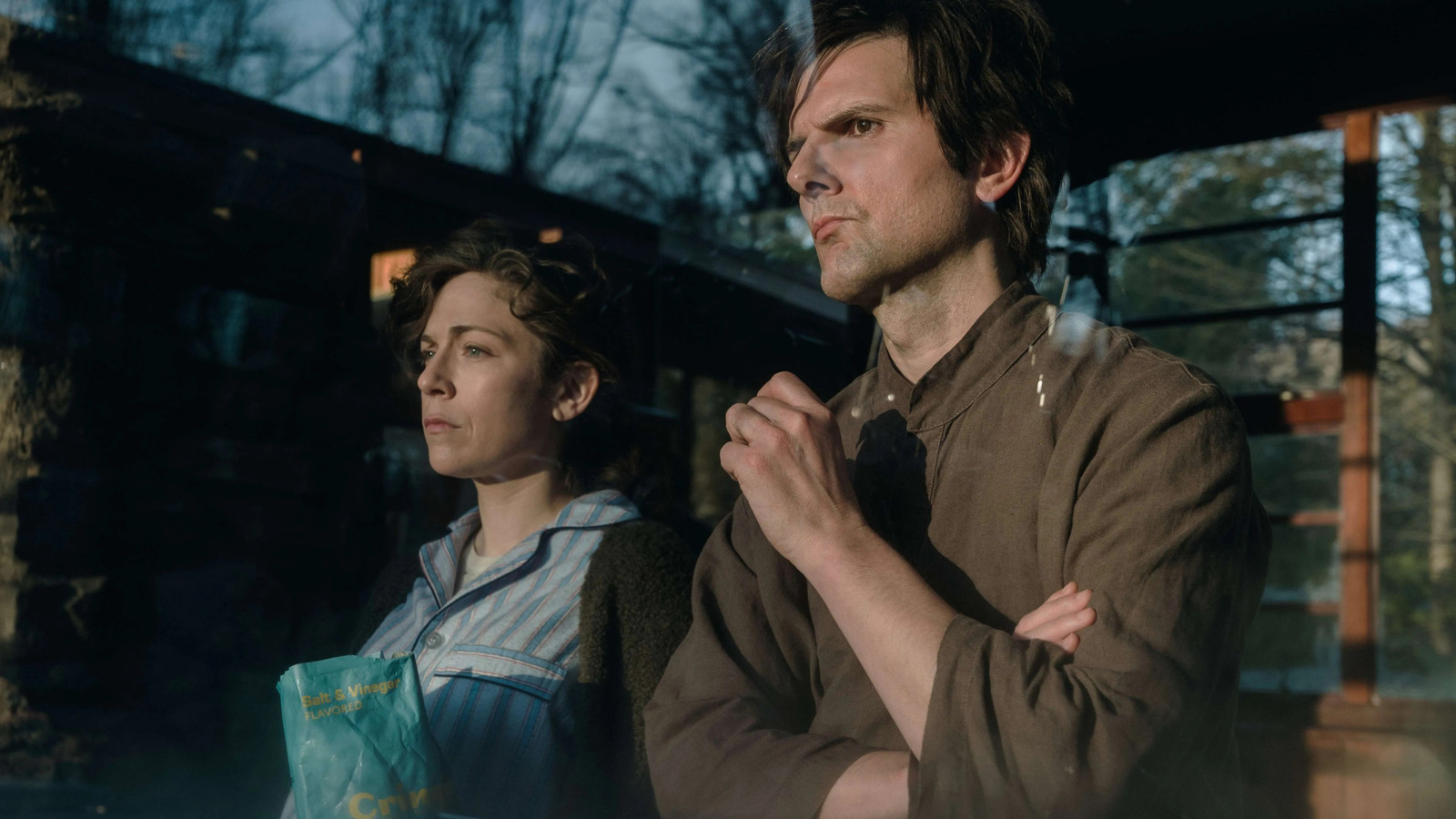







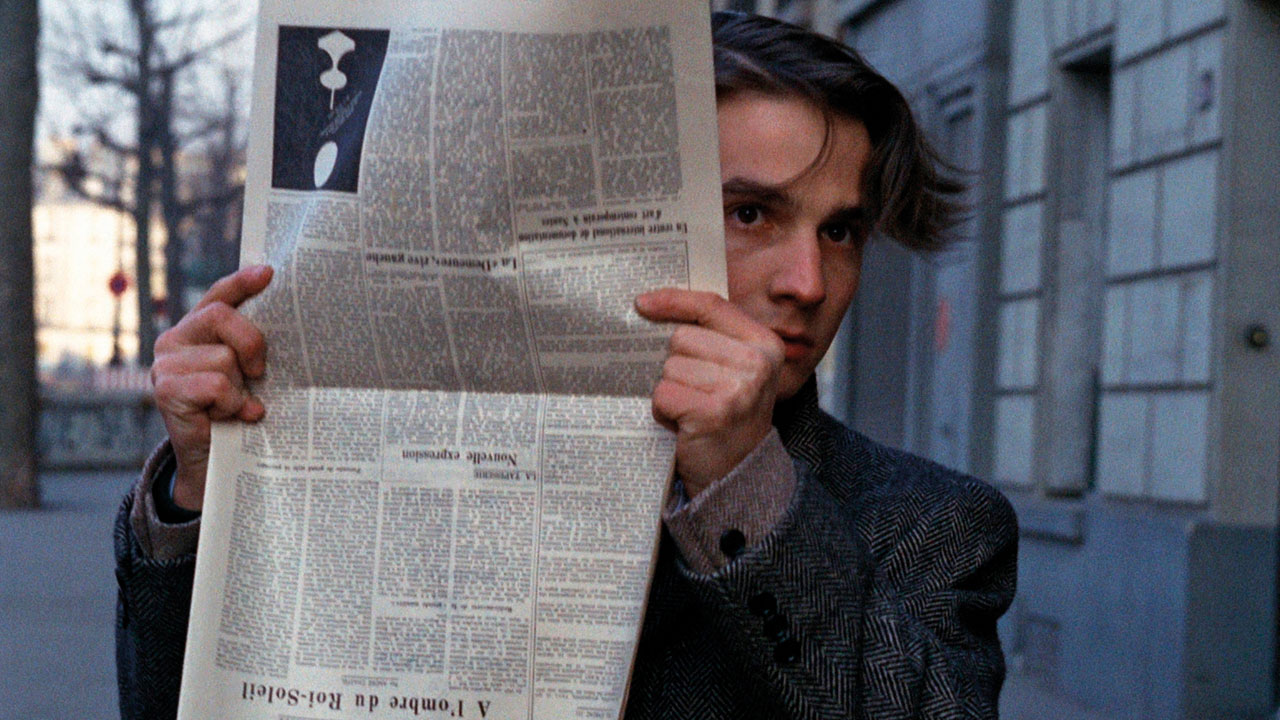
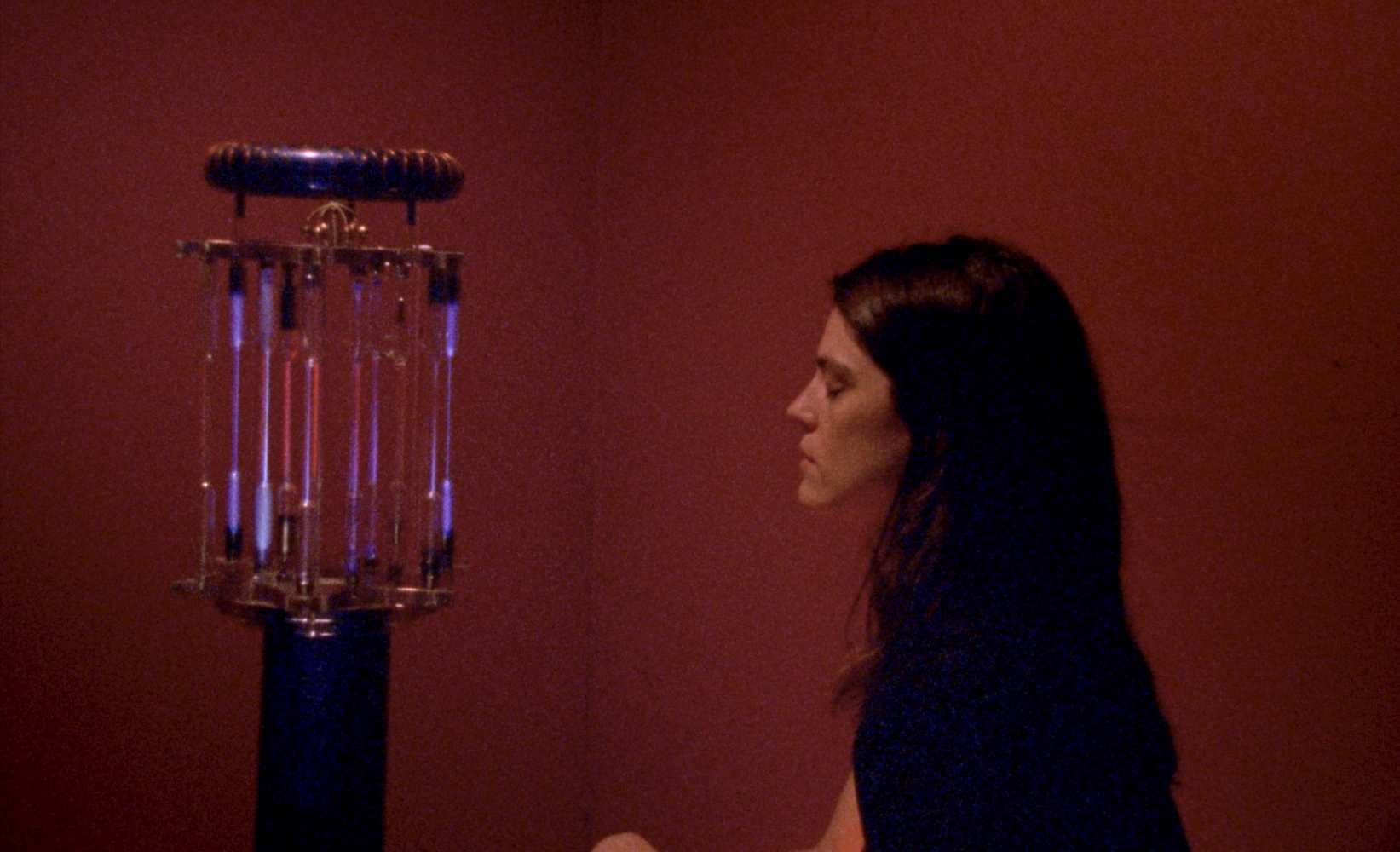





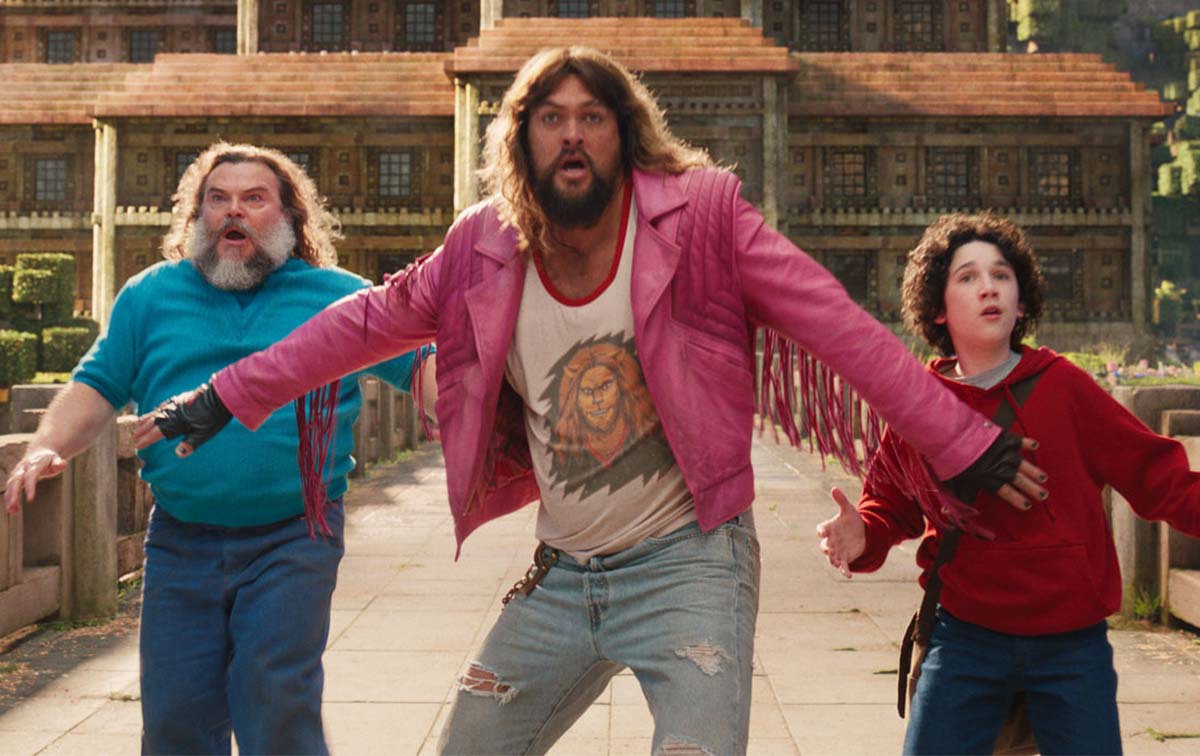






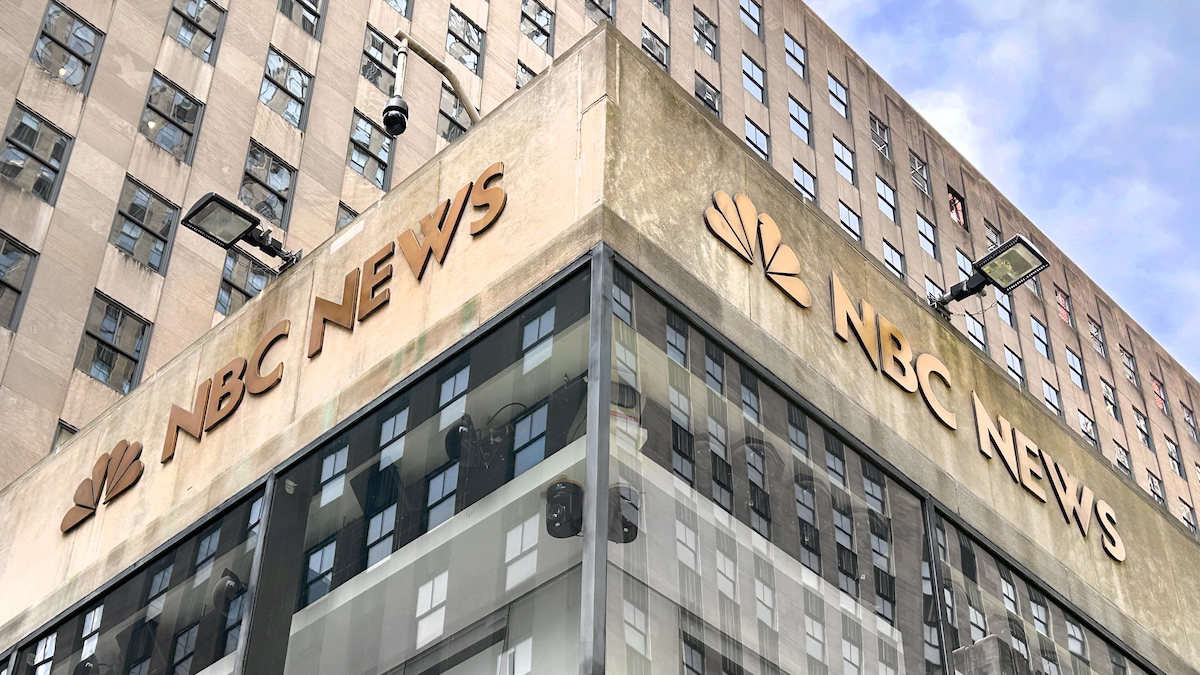






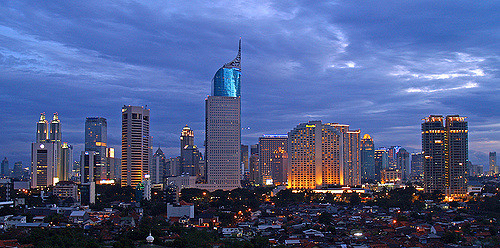
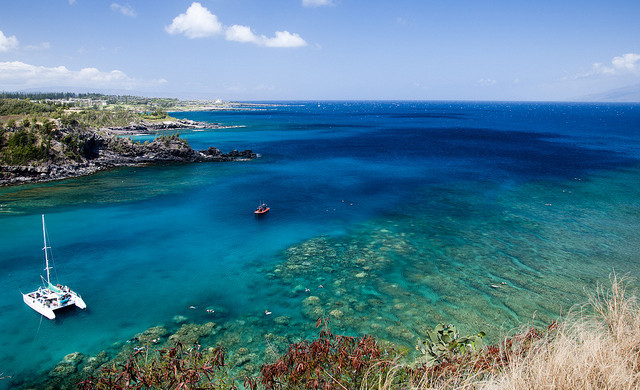


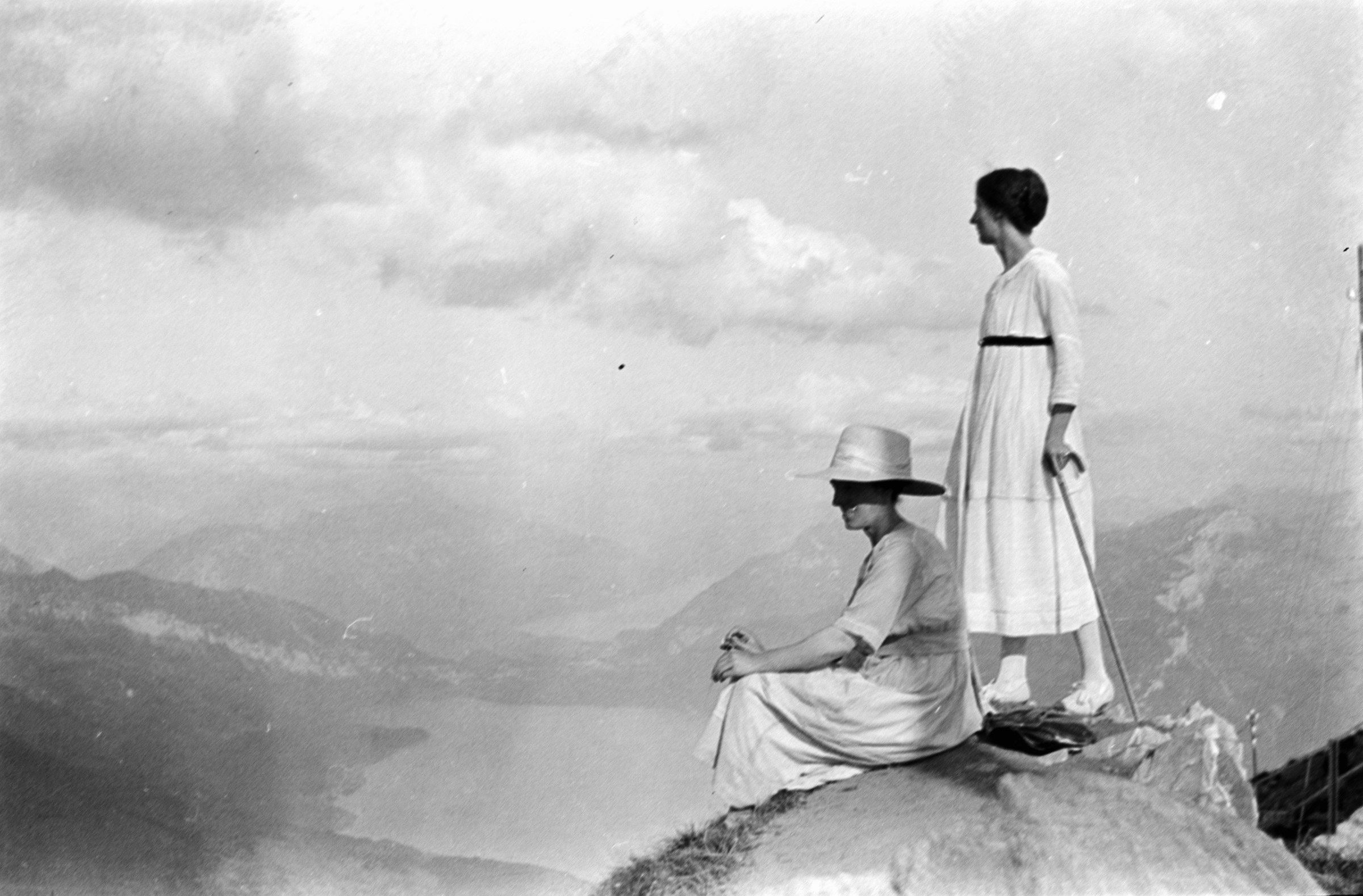








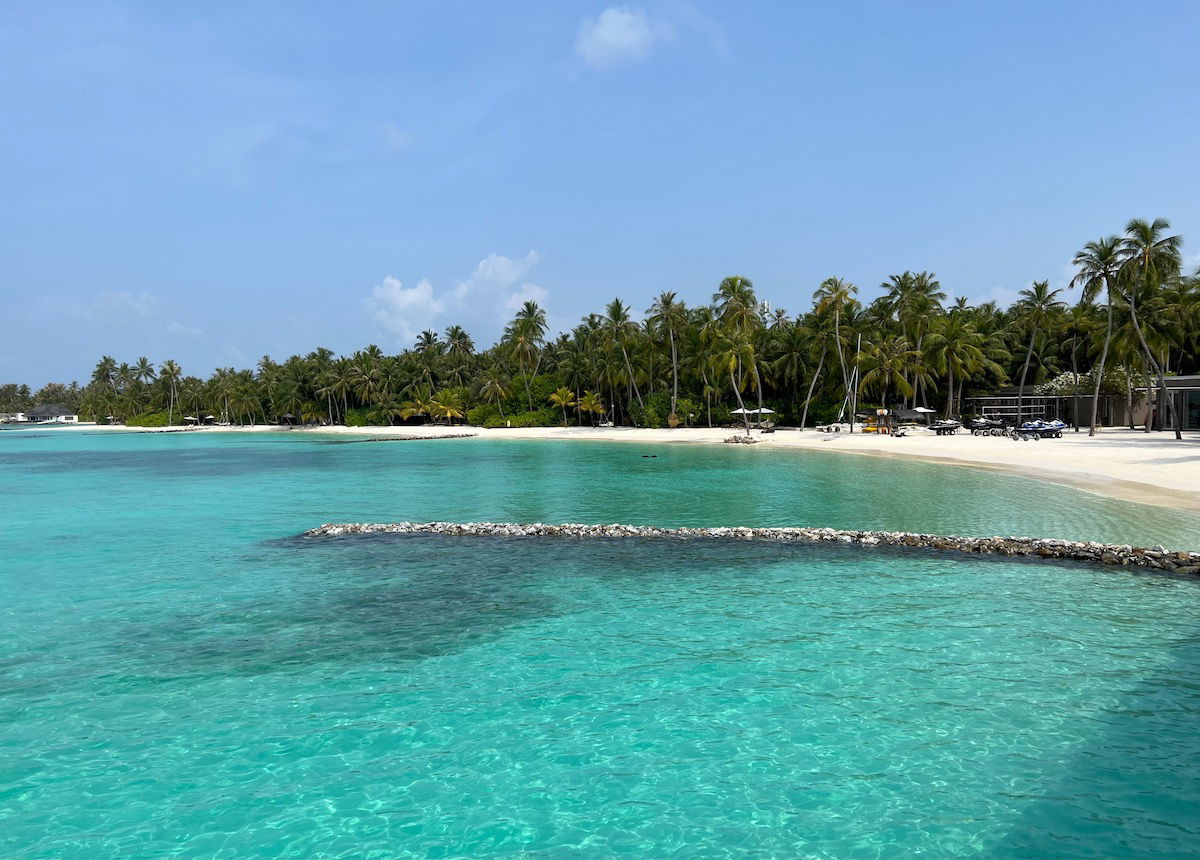
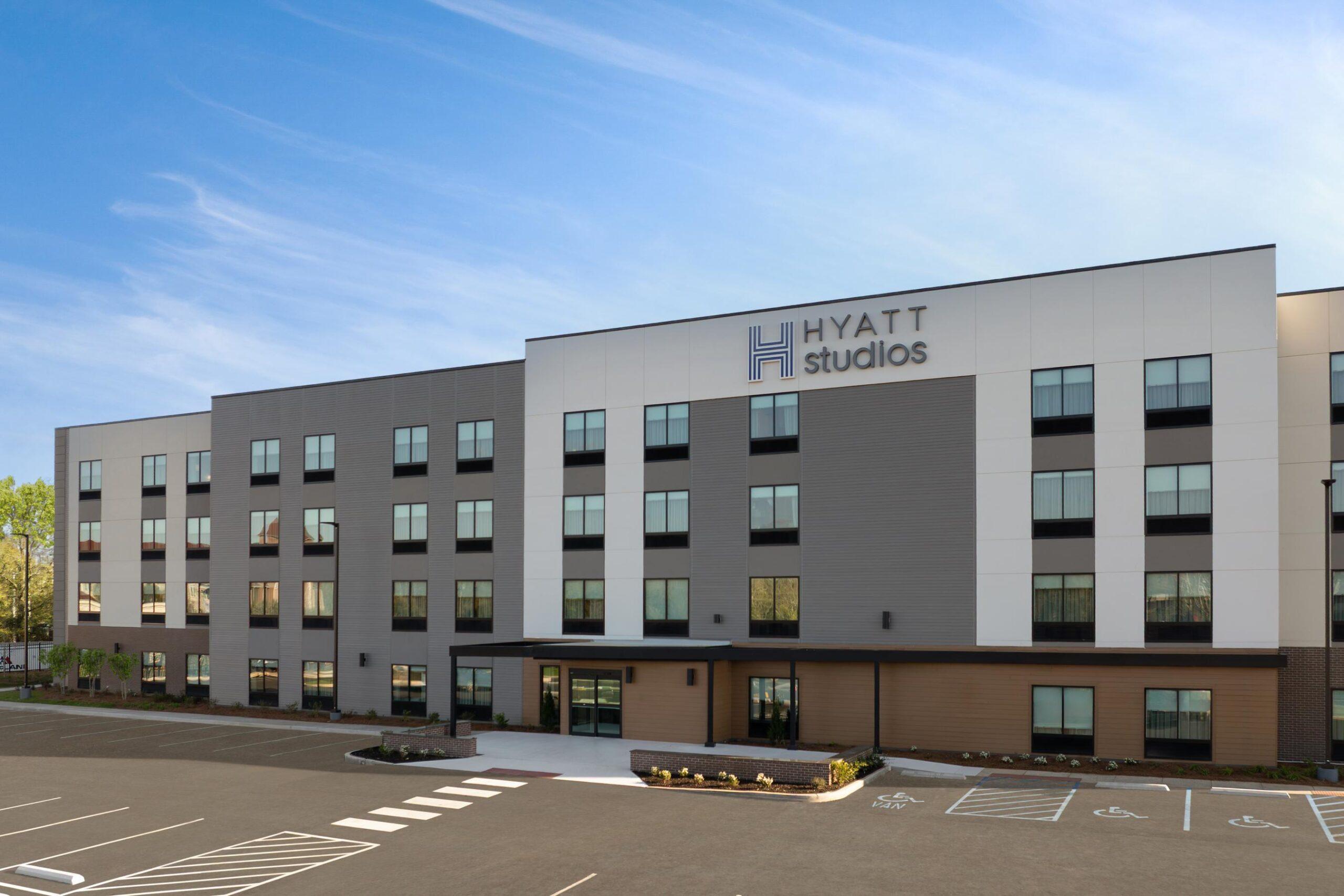
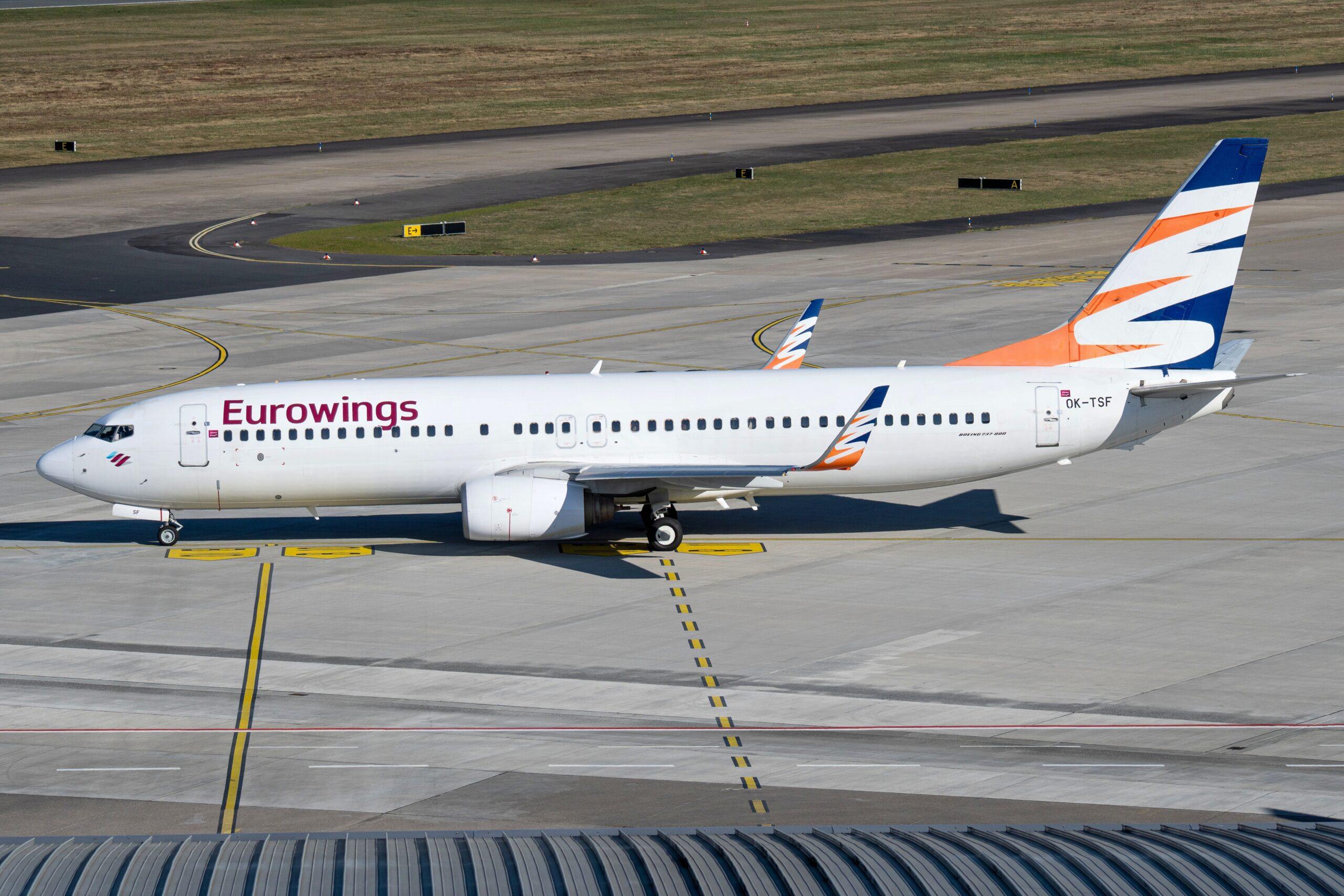








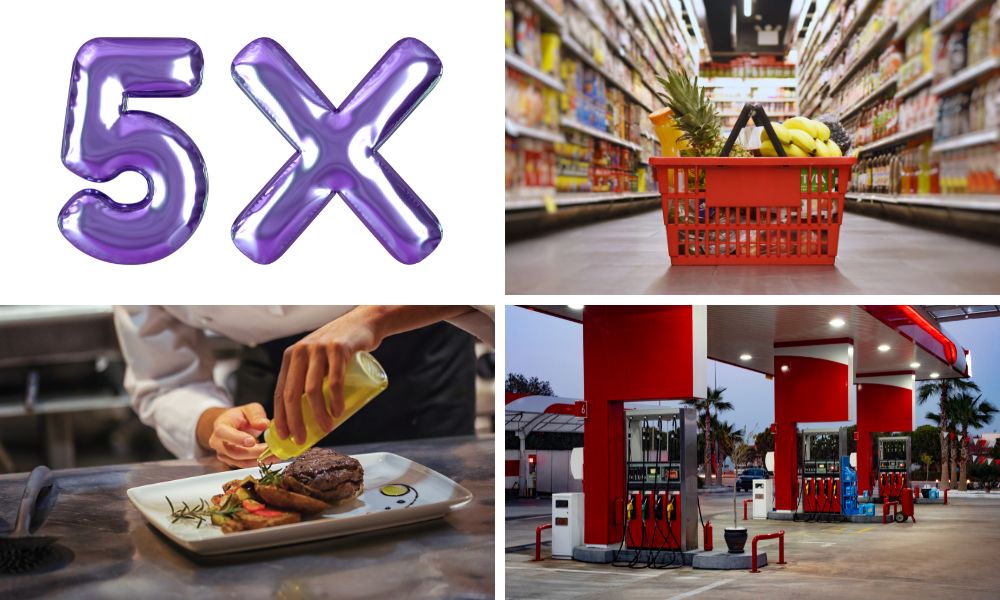











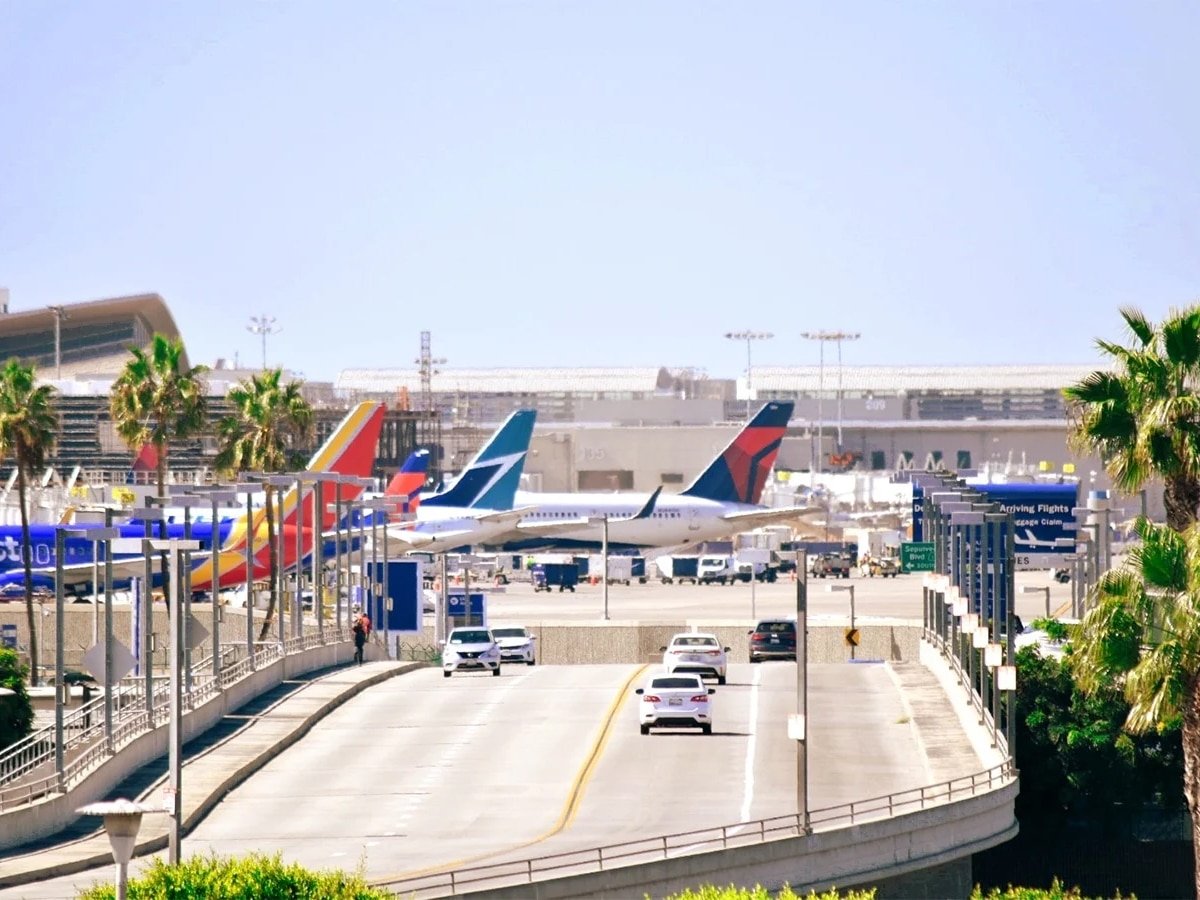
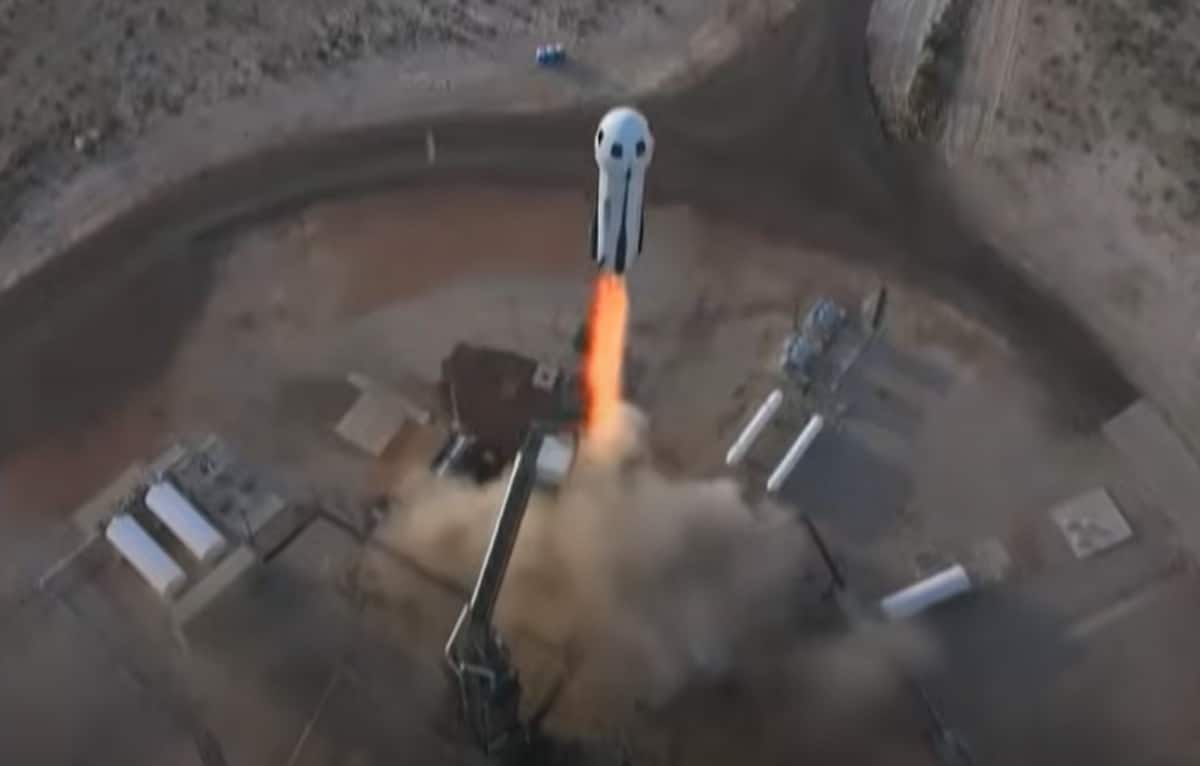

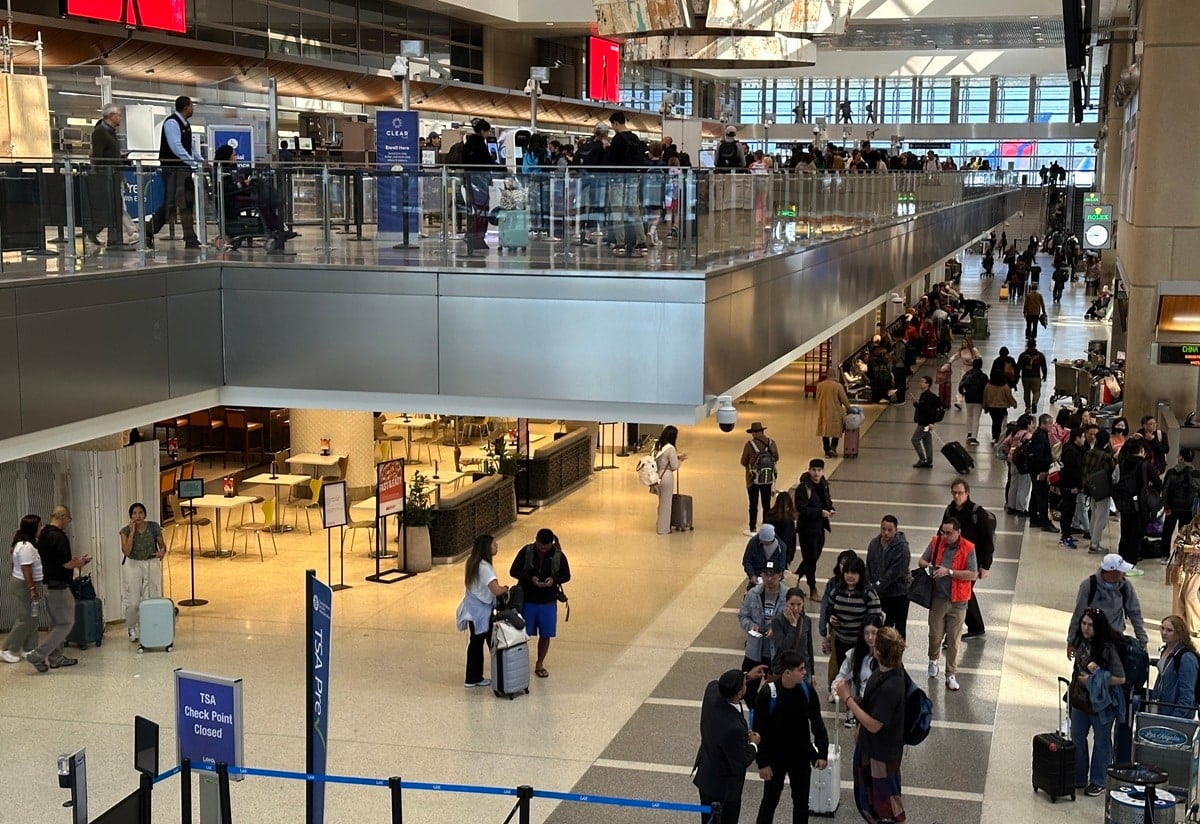










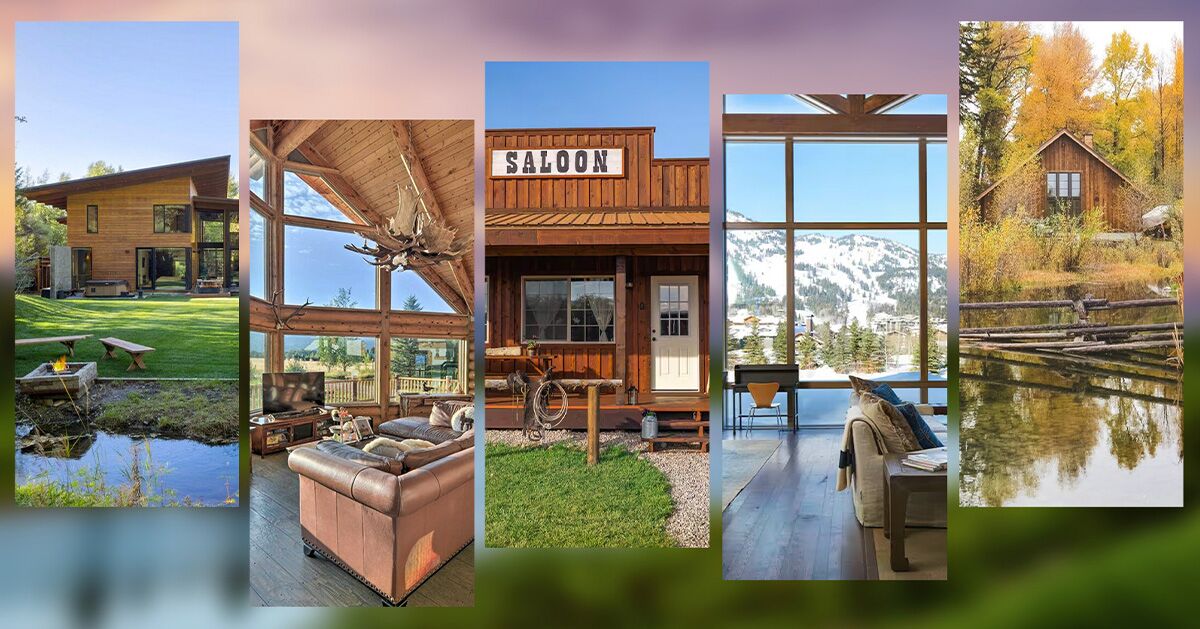




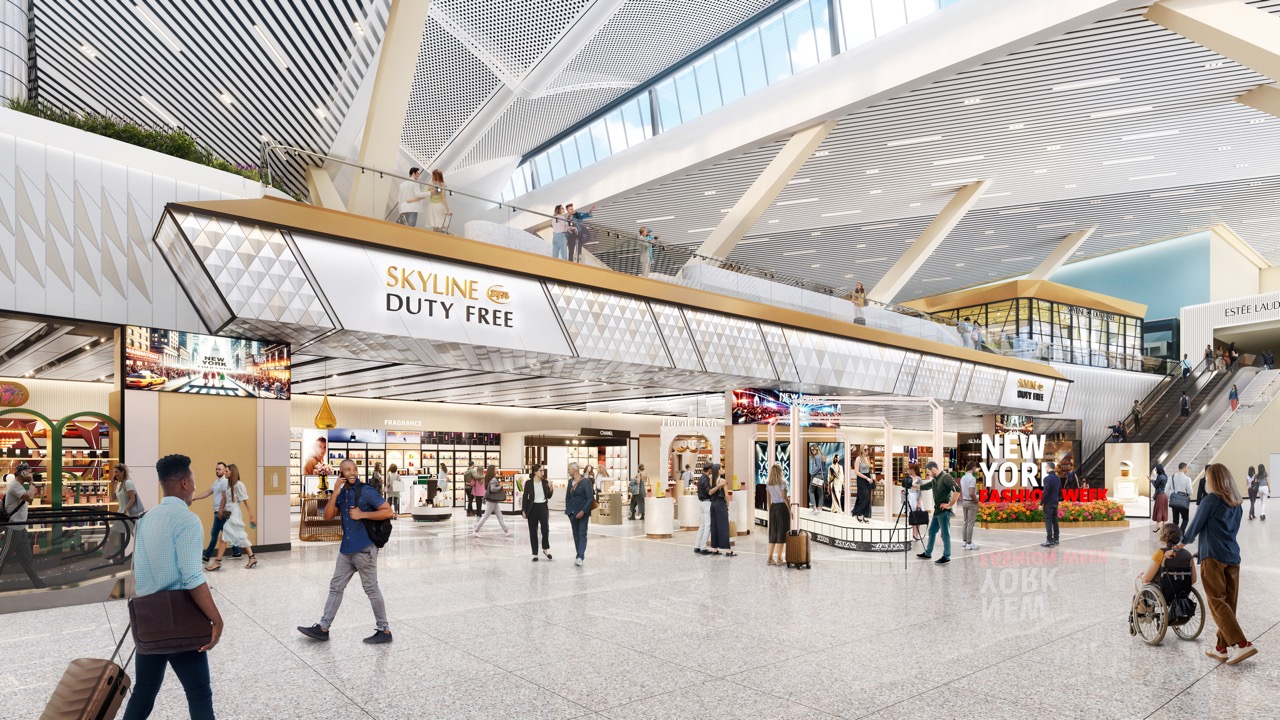
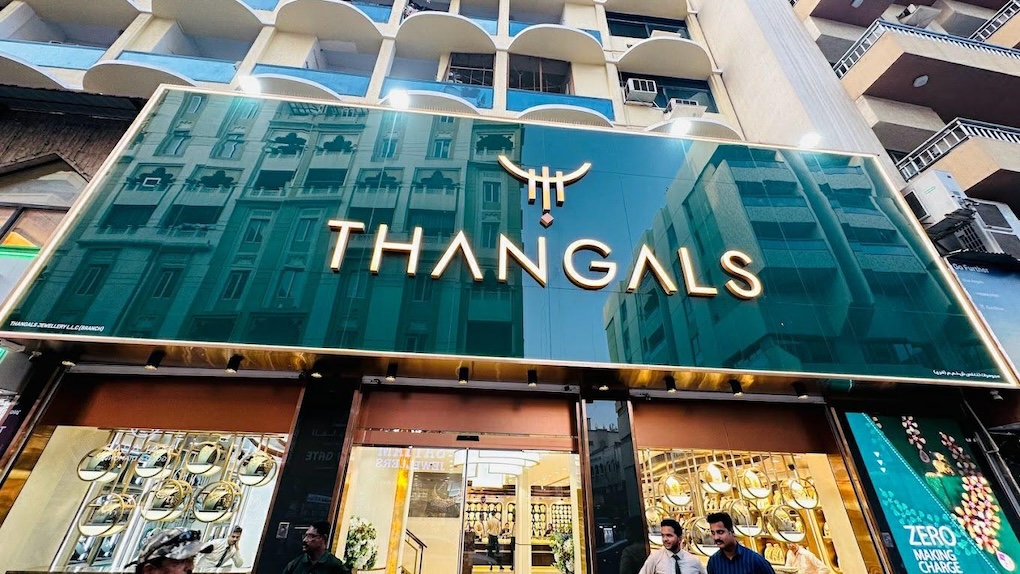

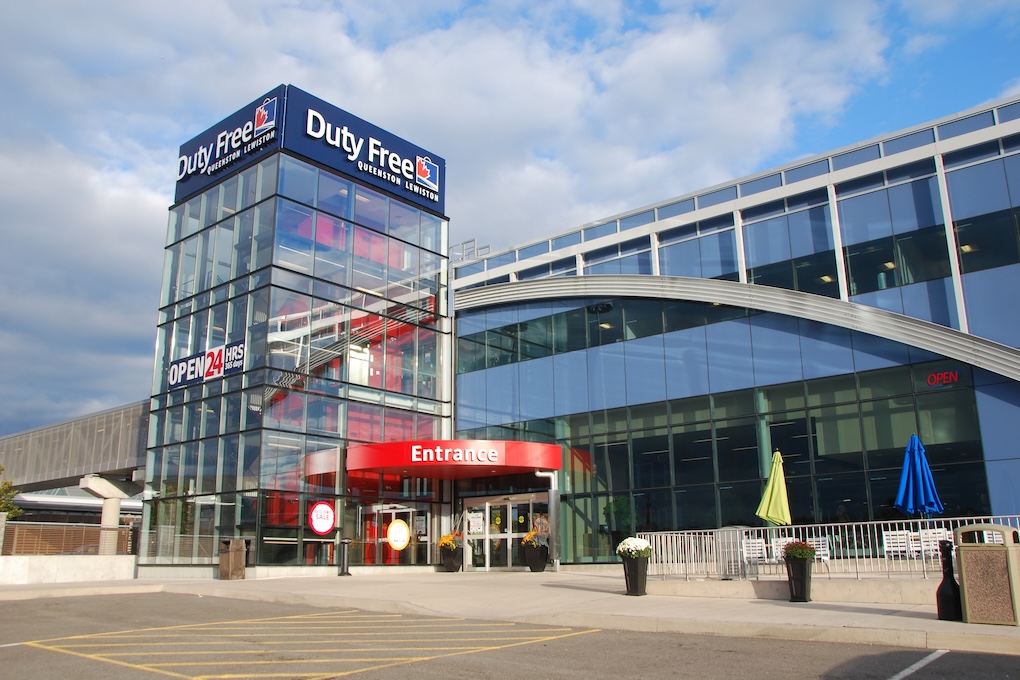












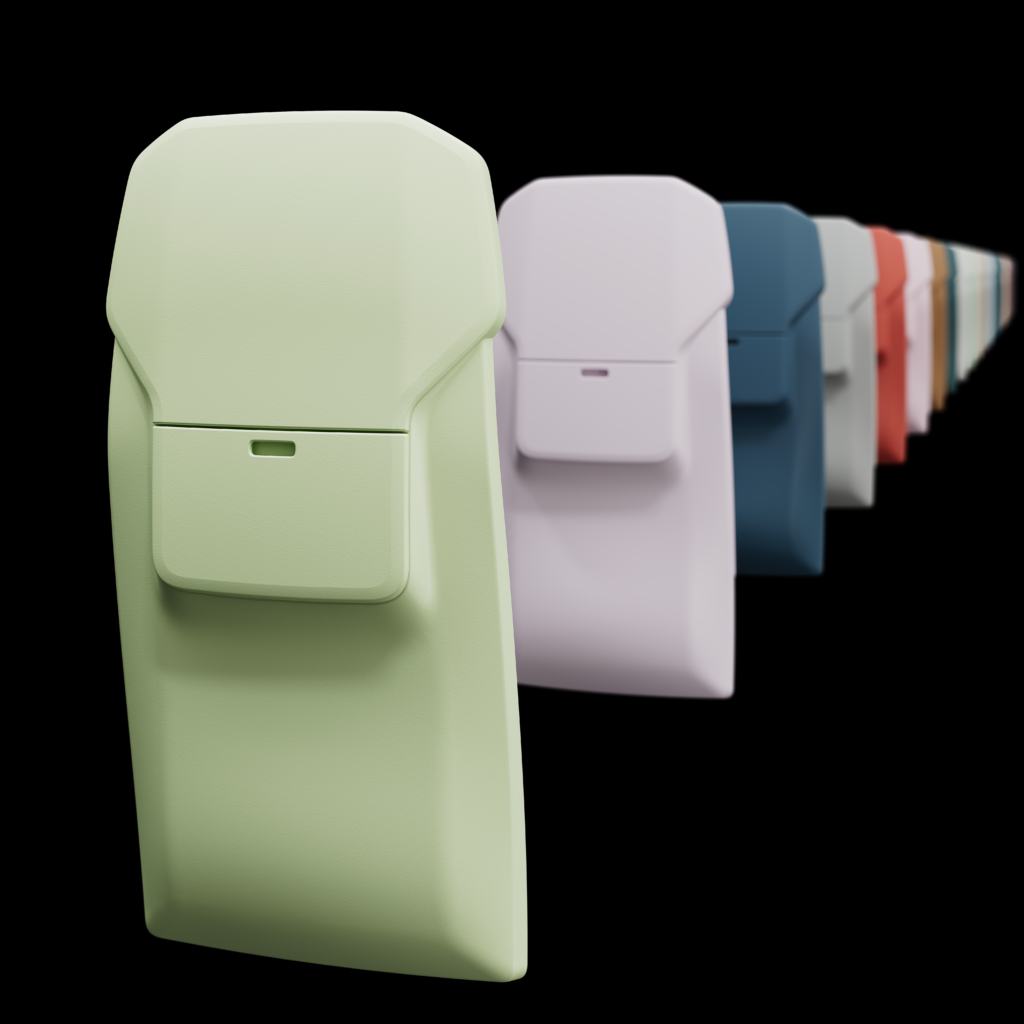









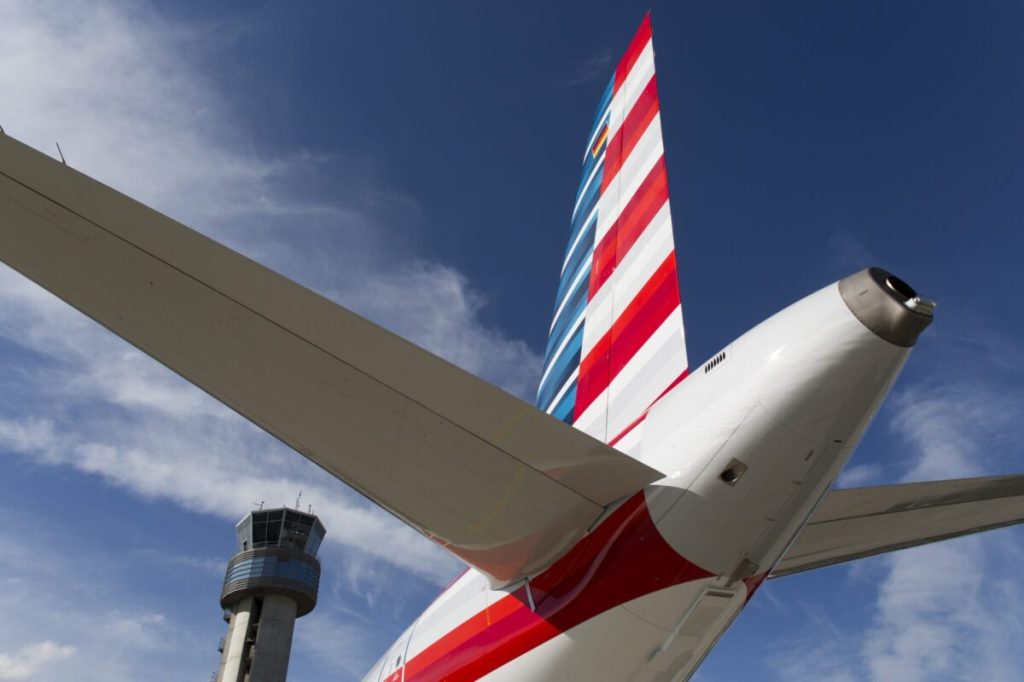
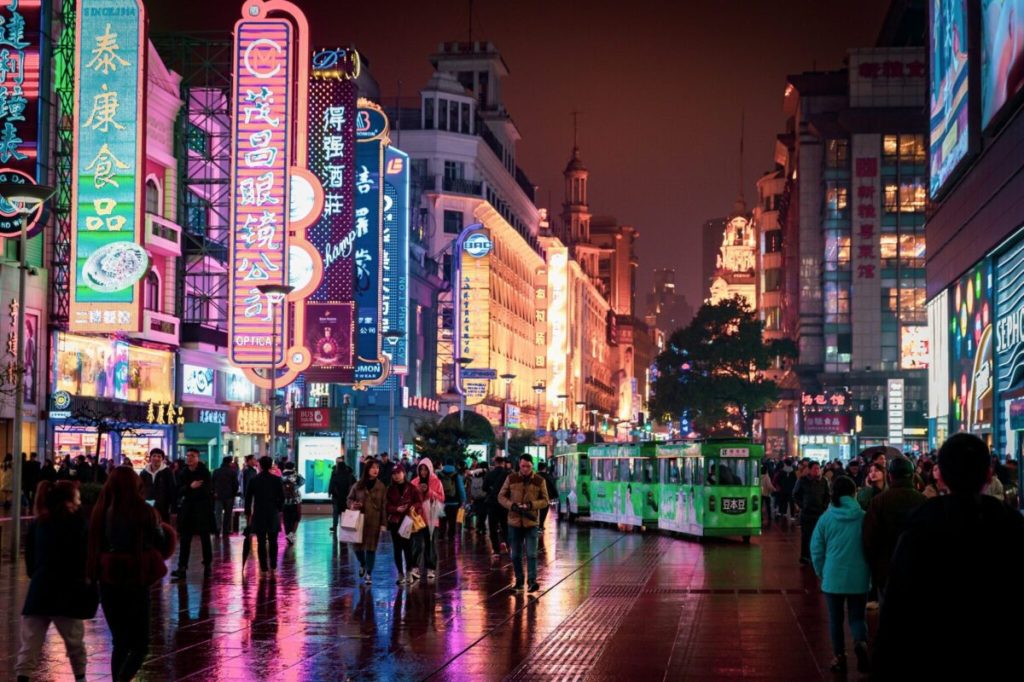




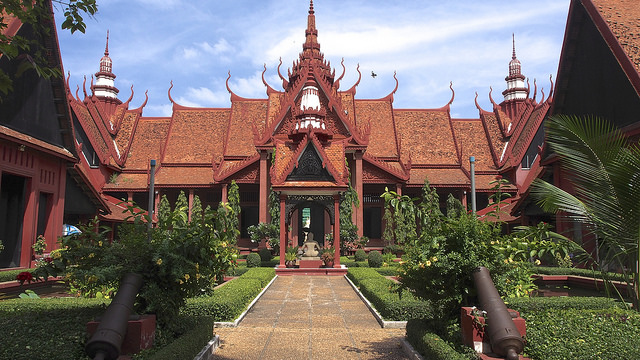
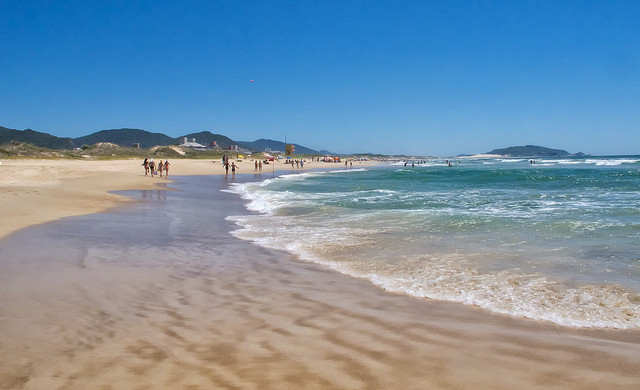














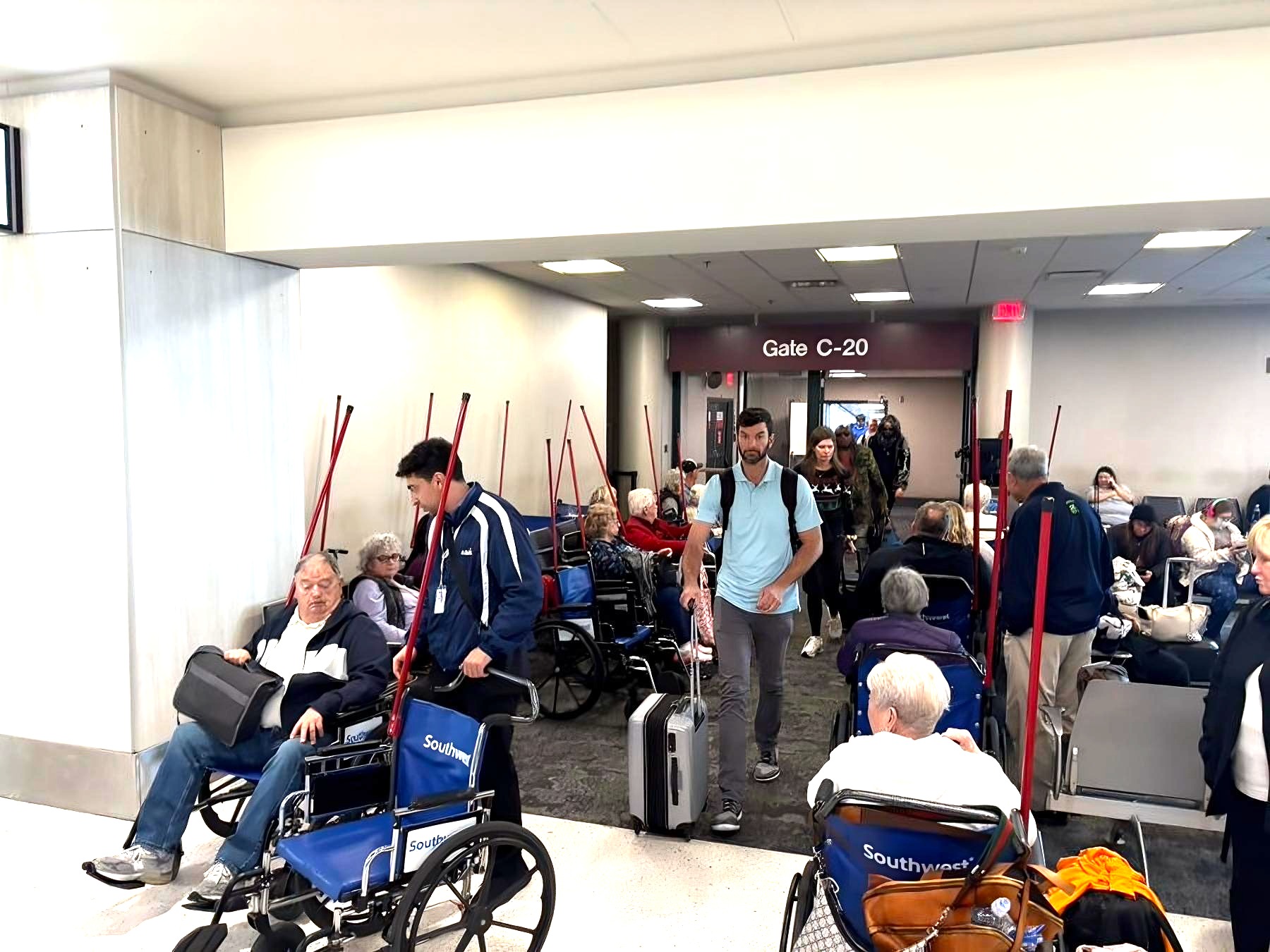


![Courtyard Marriott Wants You To Tip Using a QR Code—Because It Means They Can Pay Workers Less [Roundup]](https://viewfromthewing.com/wp-content/uploads/2025/04/tipping-qr-code.jpg?#)







































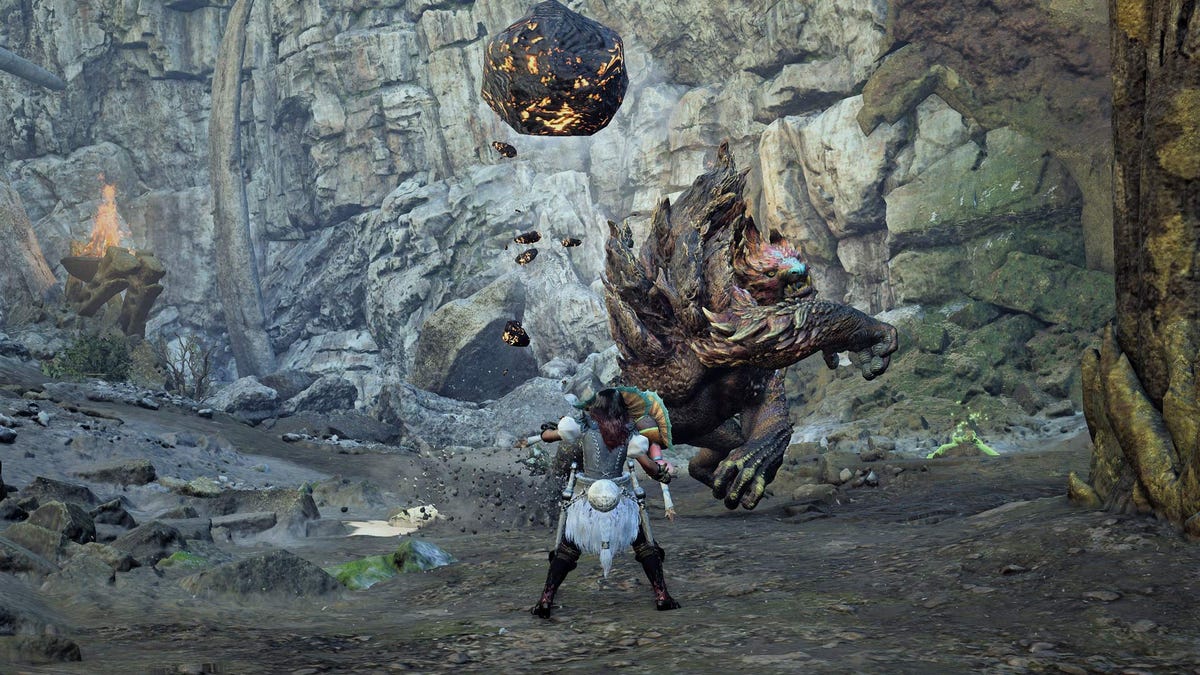

































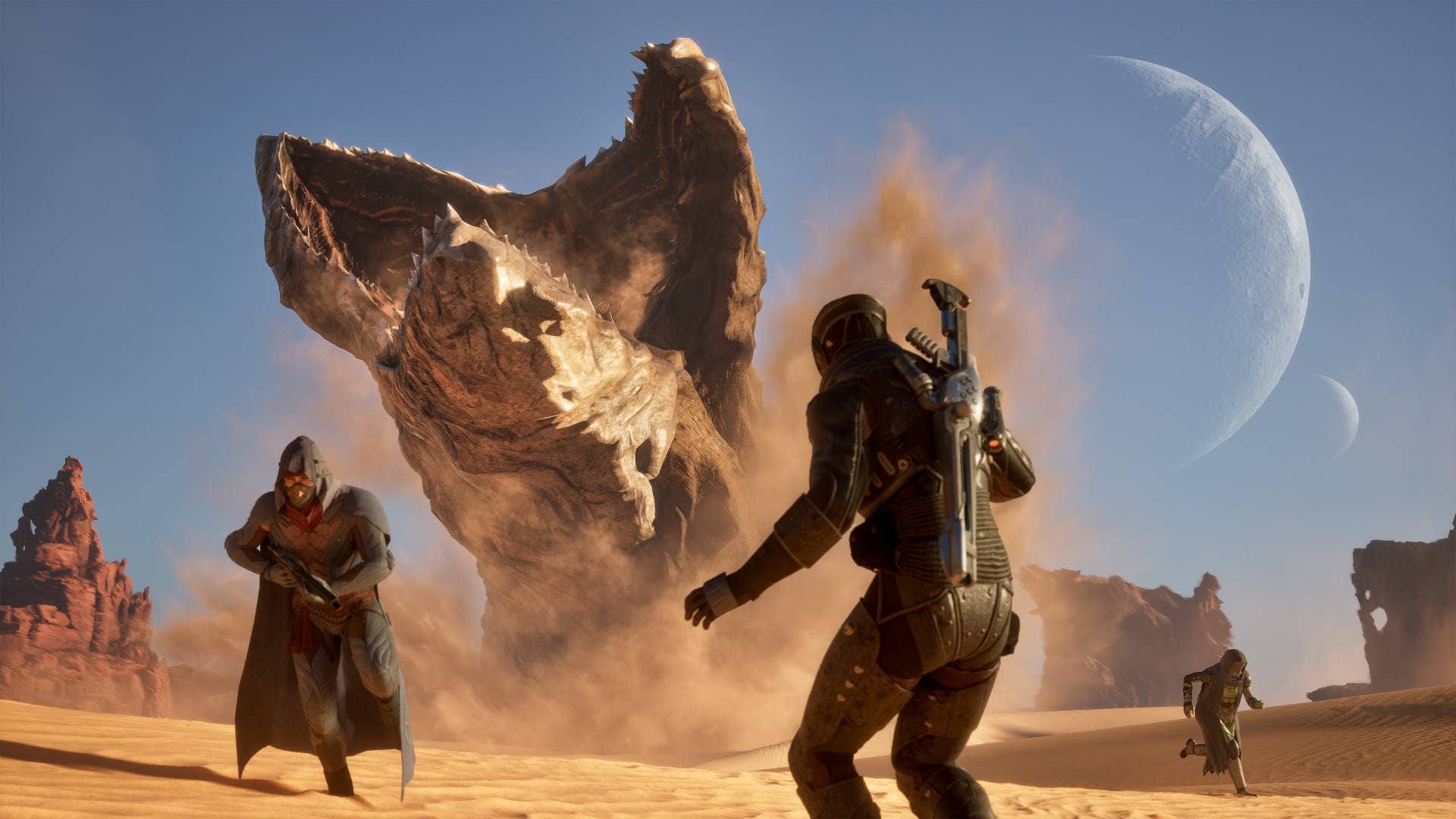


















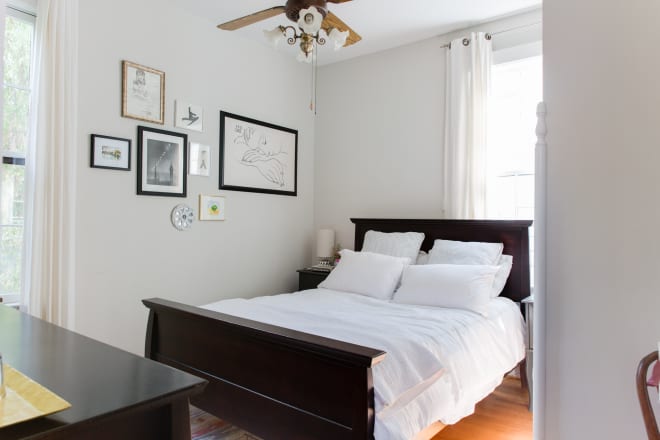





















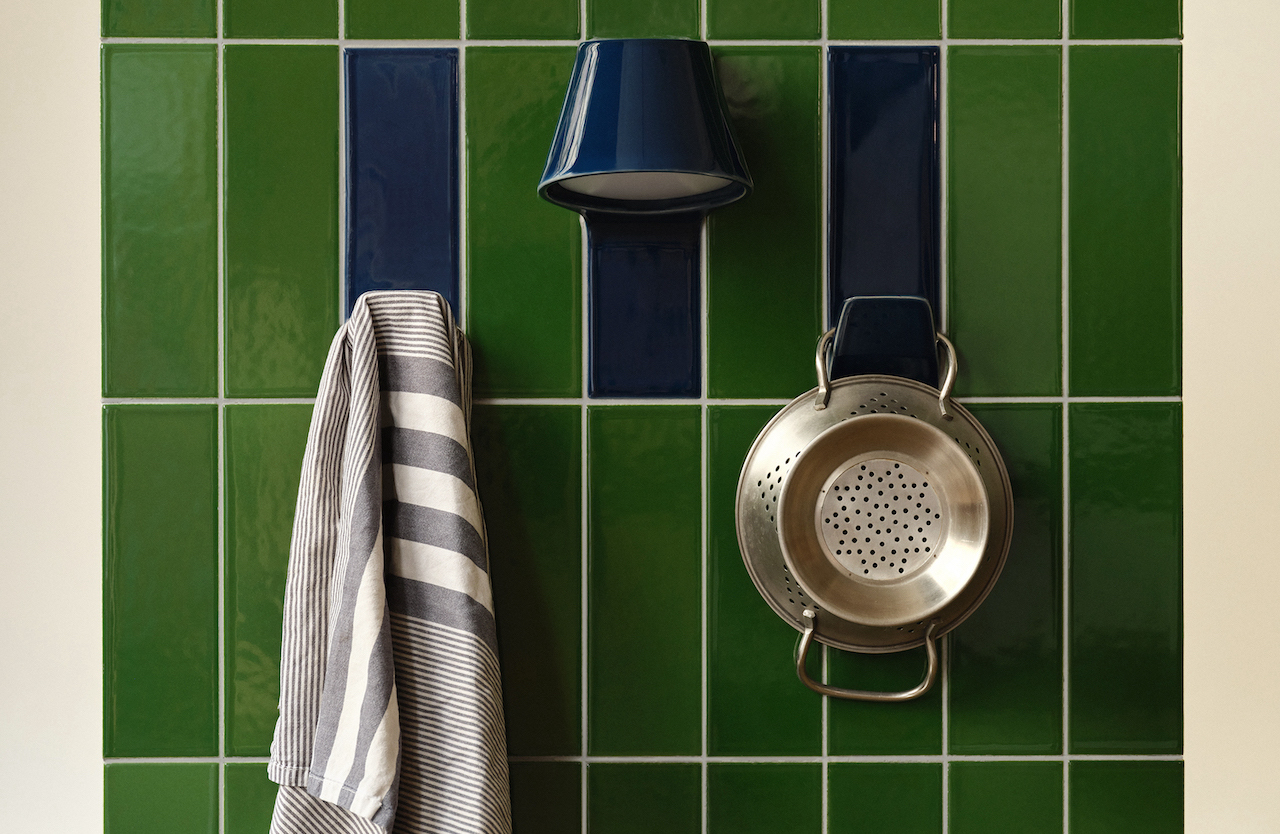
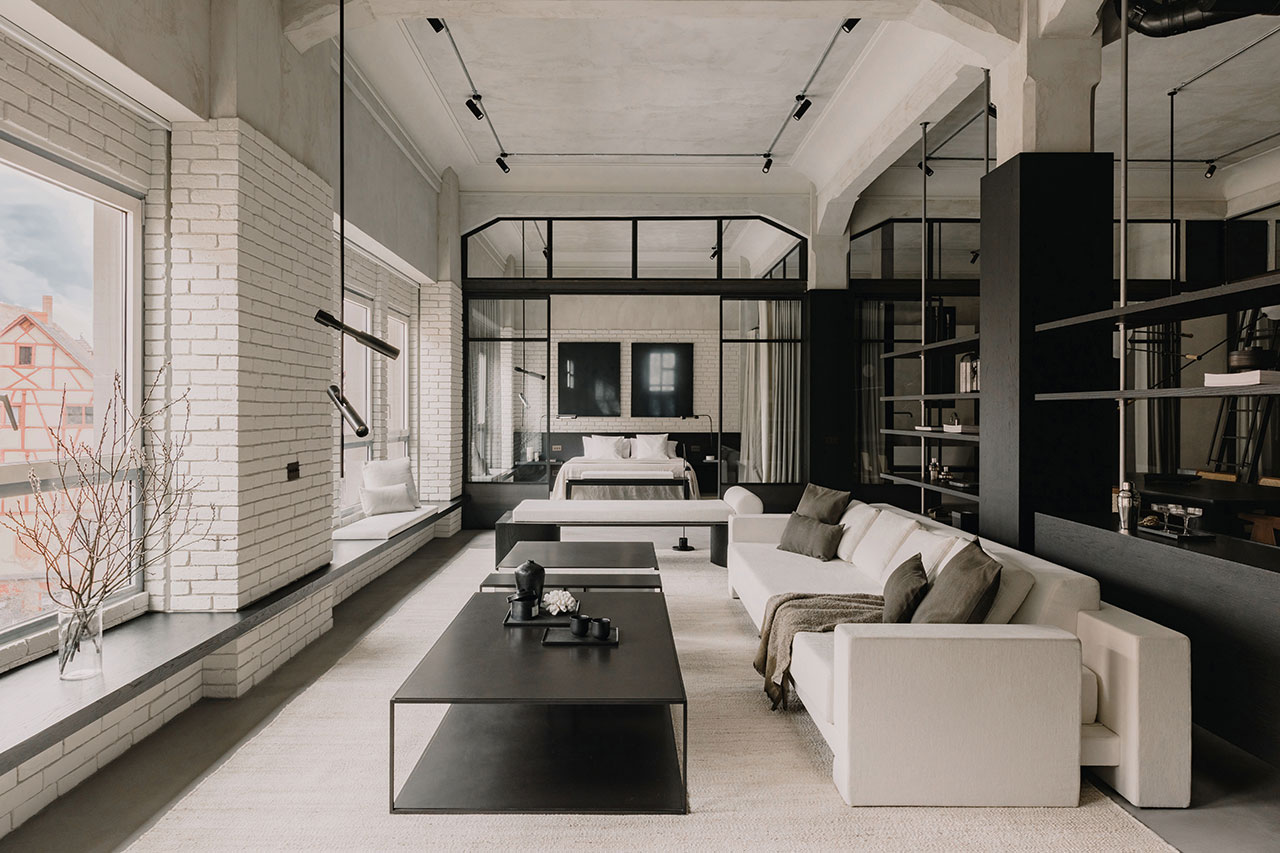
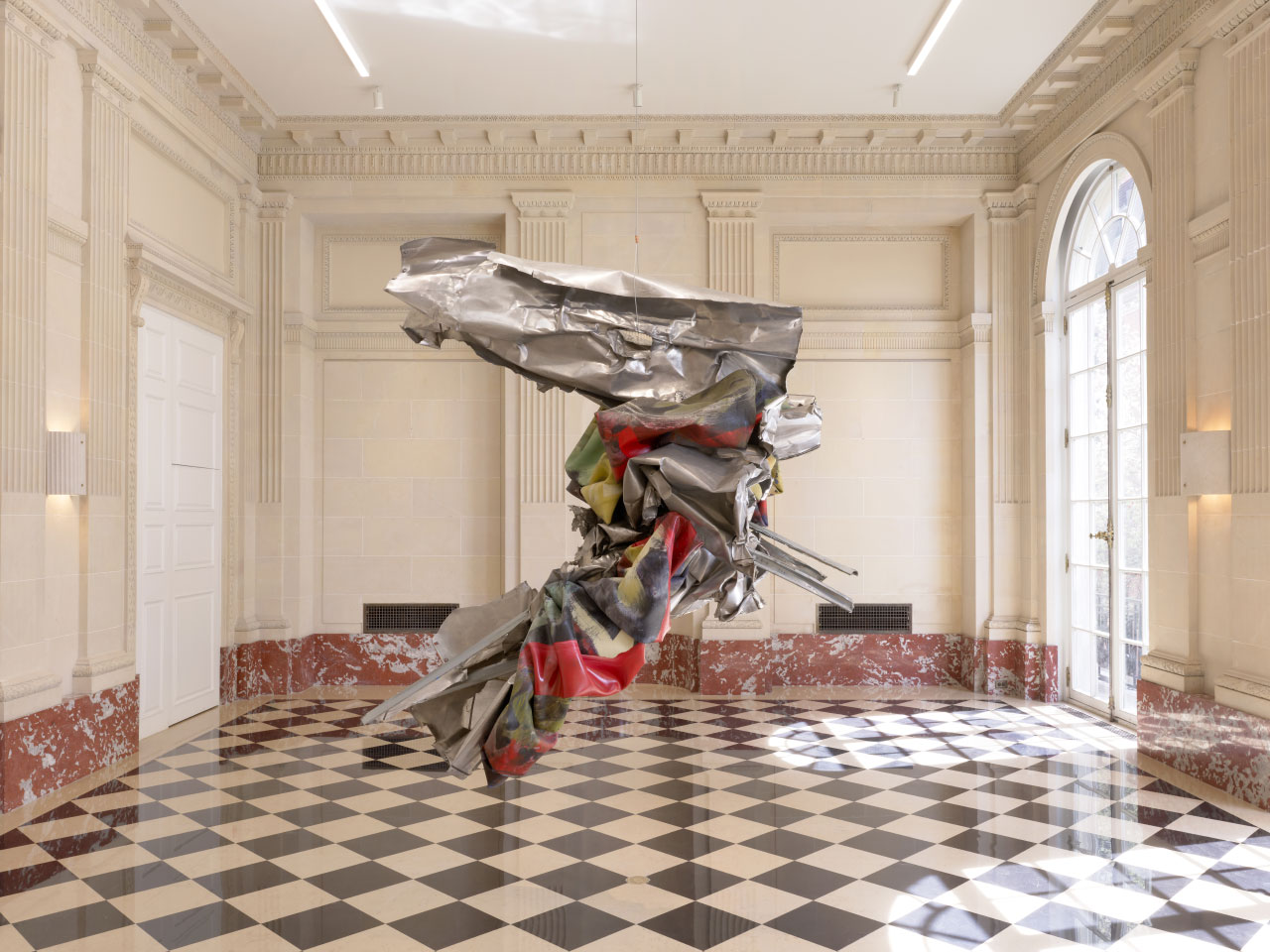




















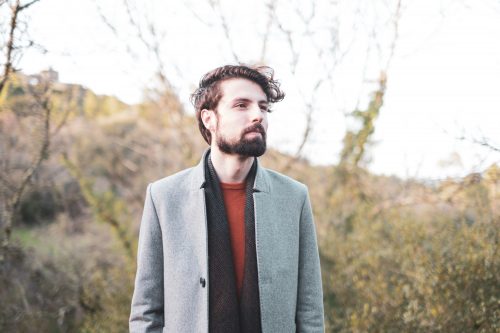




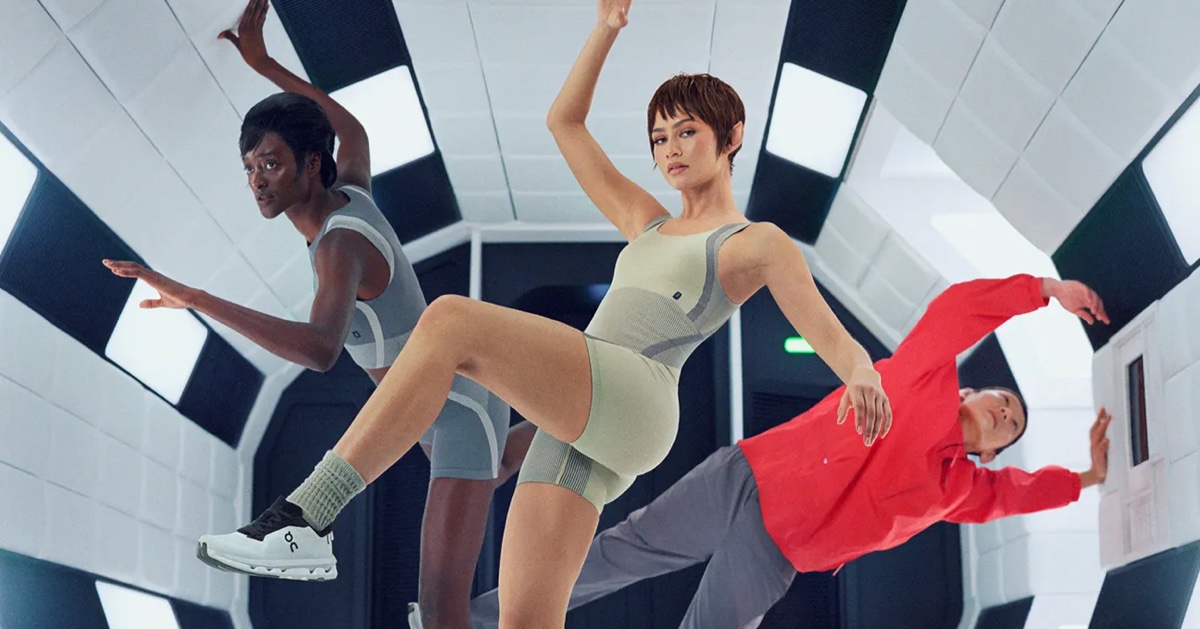


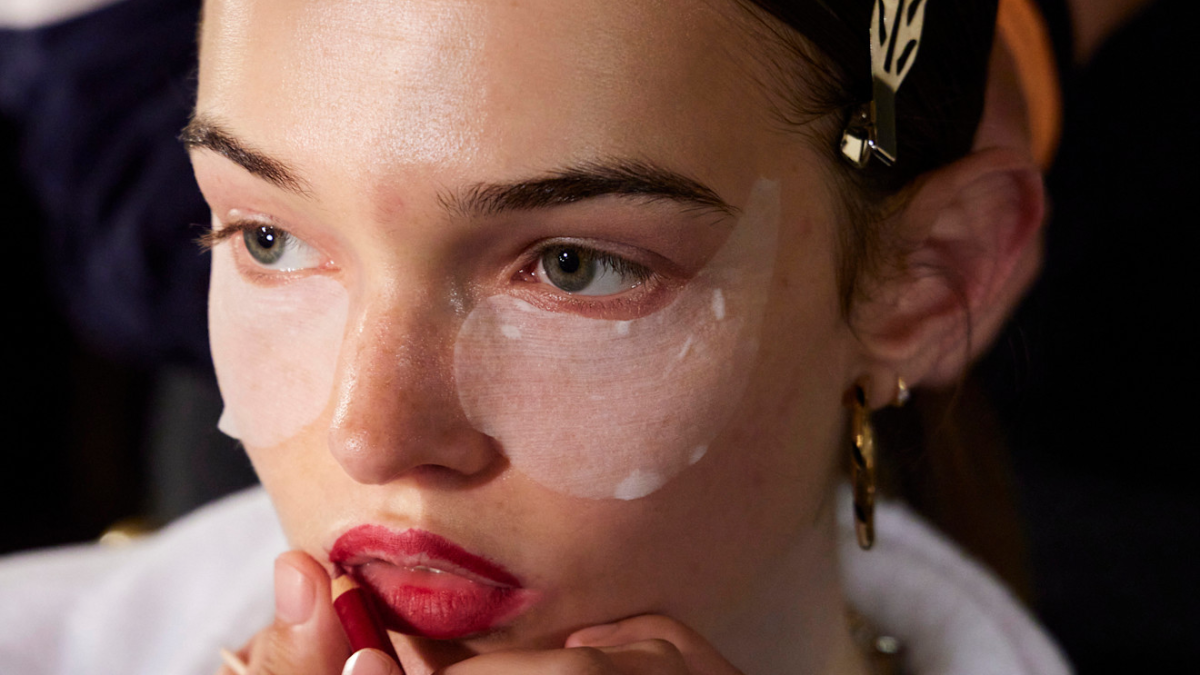
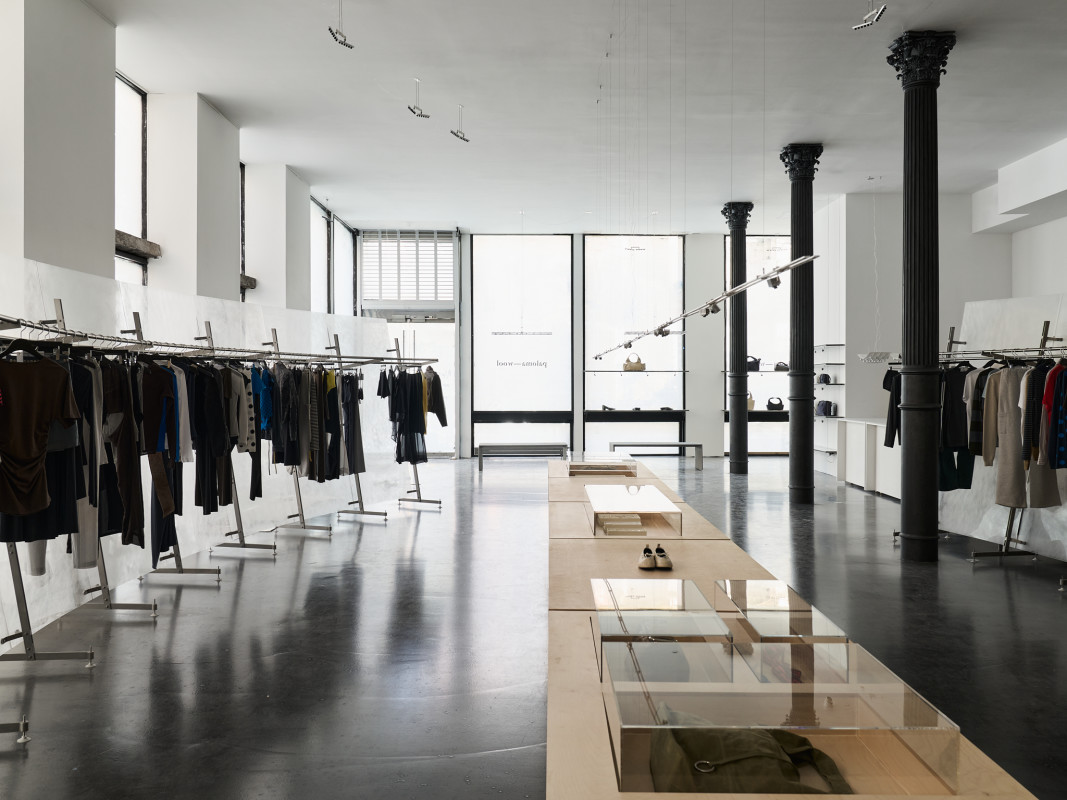




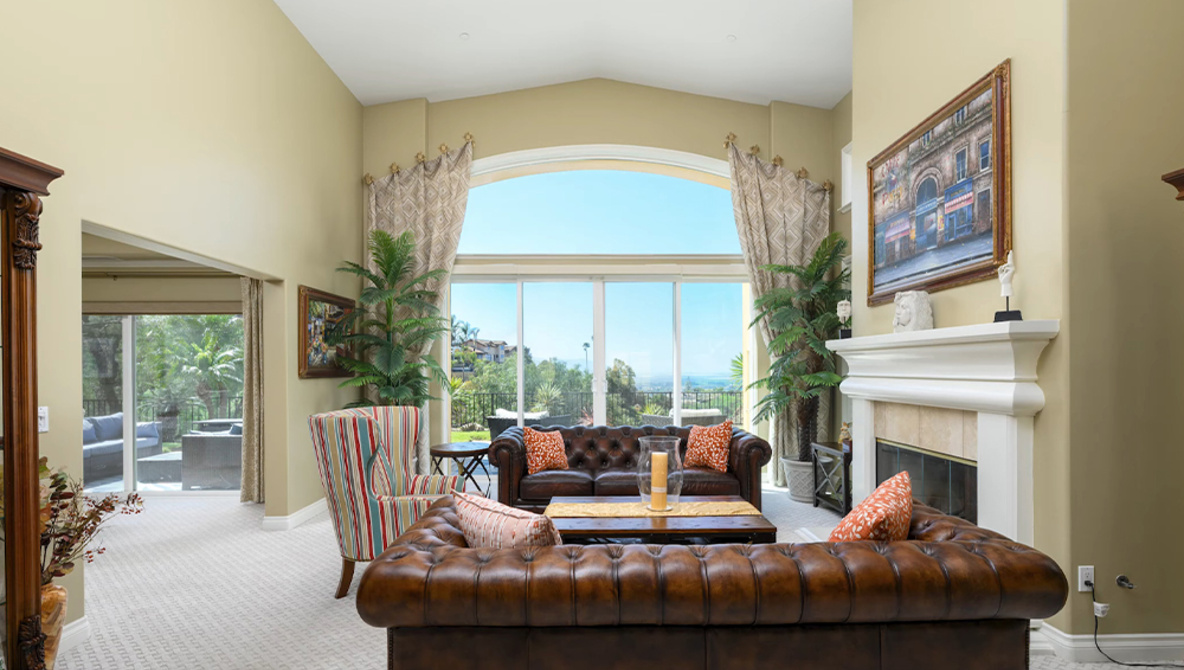


_site.jpg)





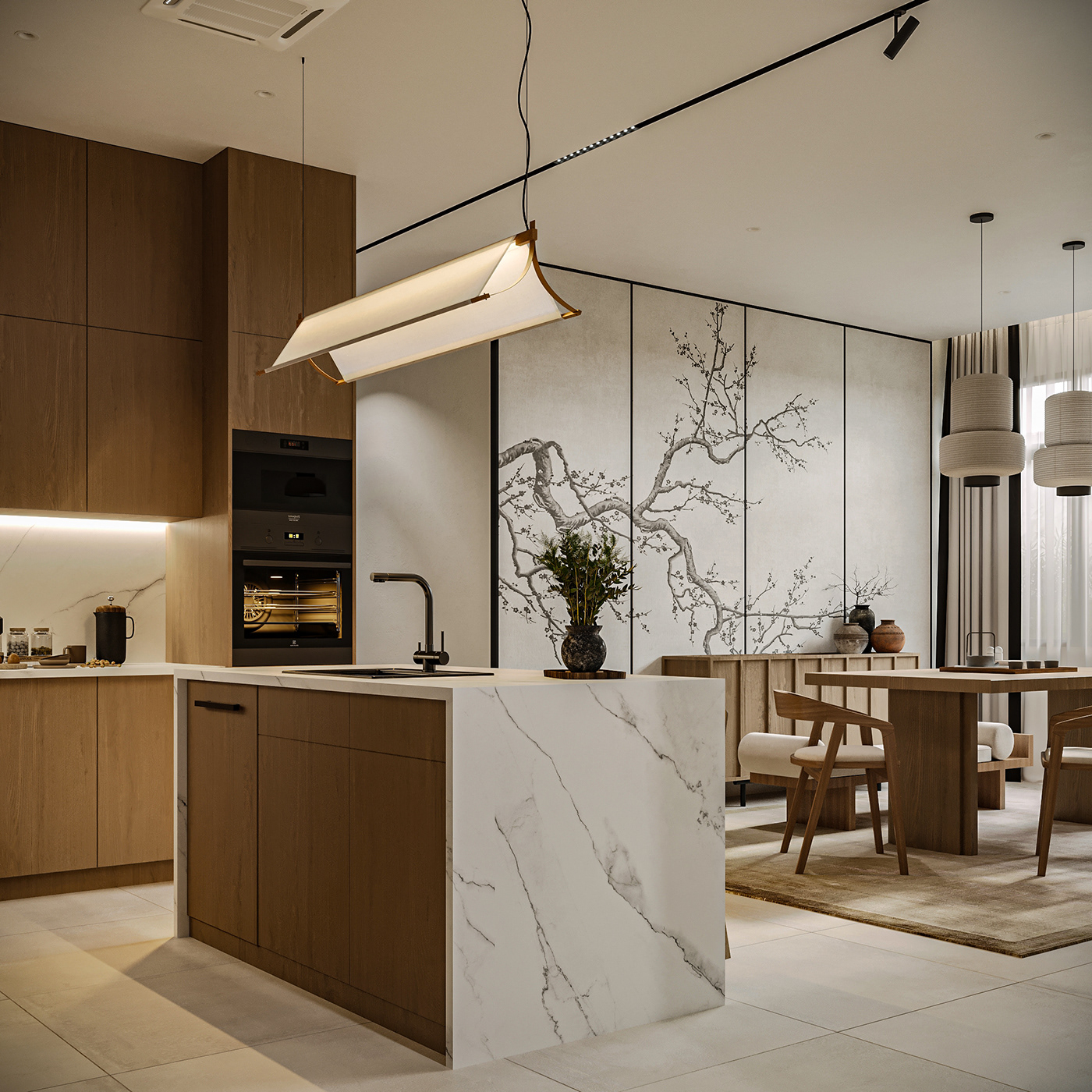


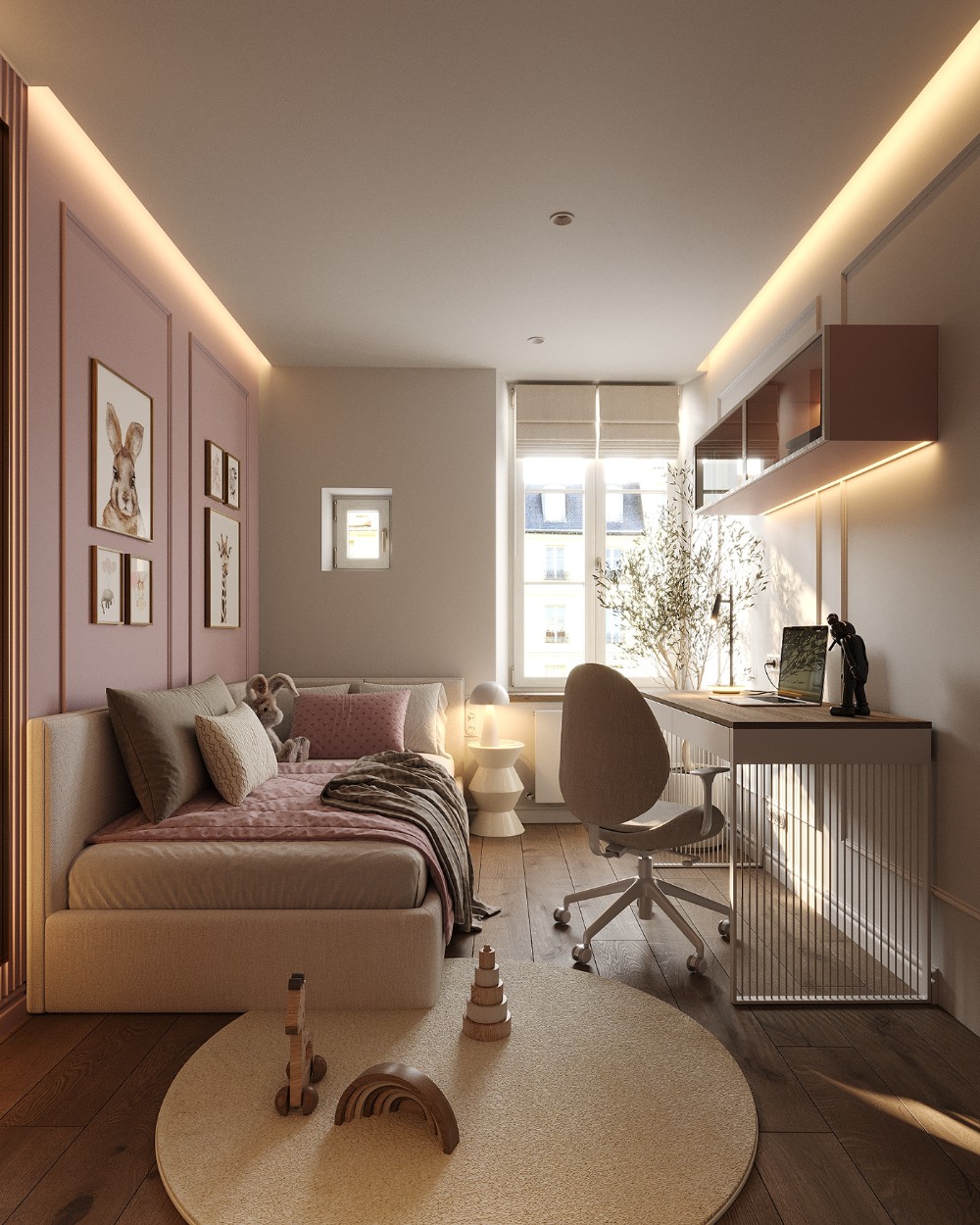

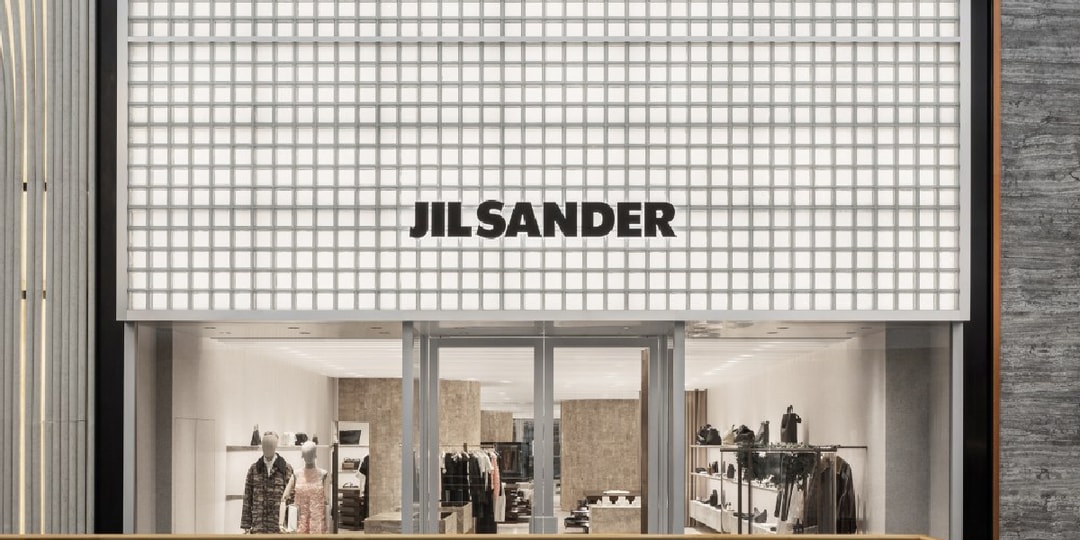












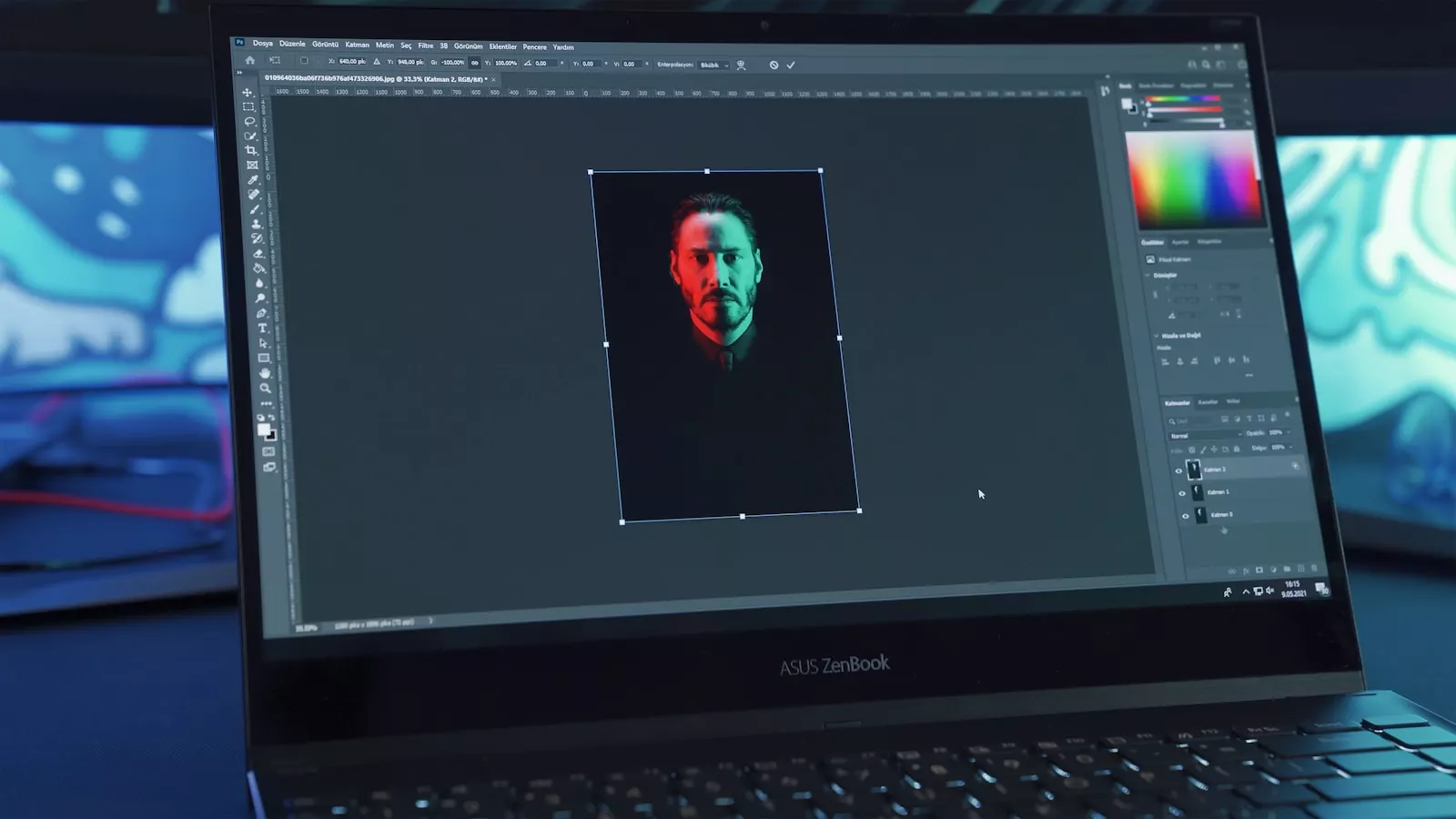


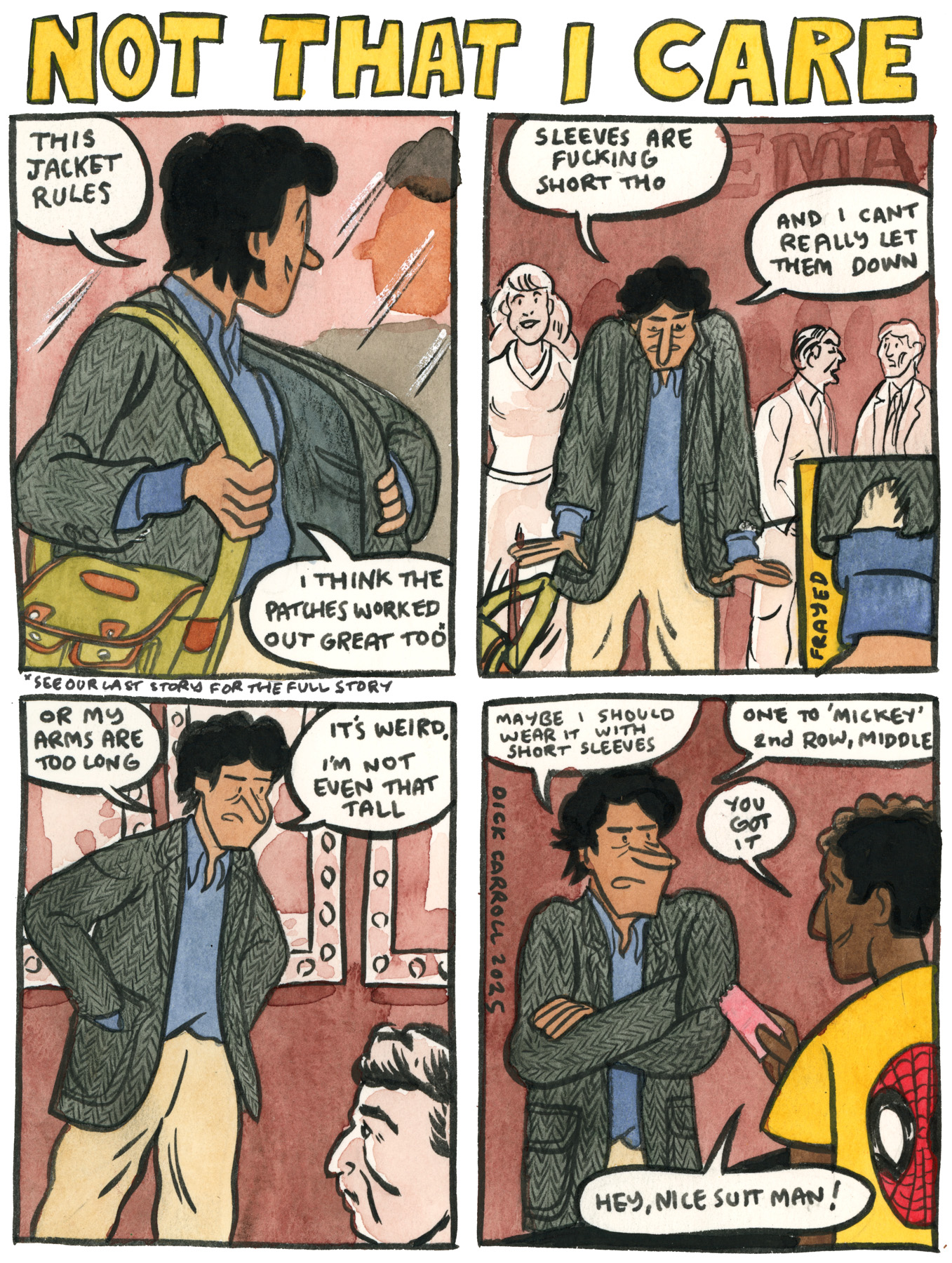

























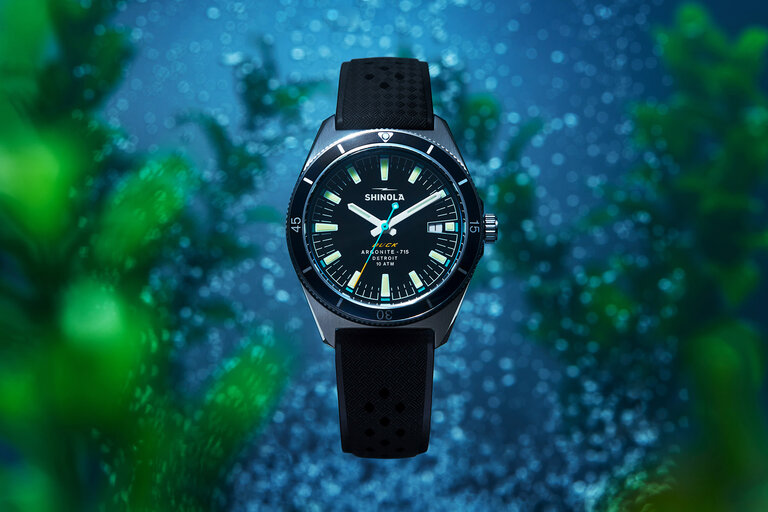
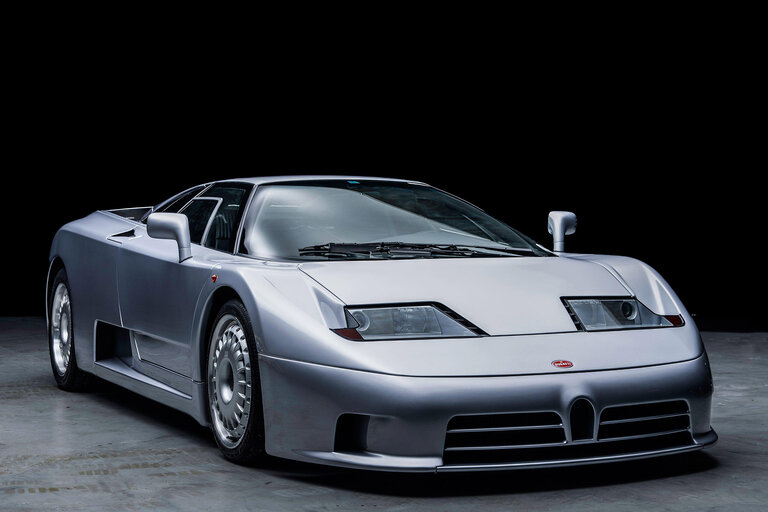

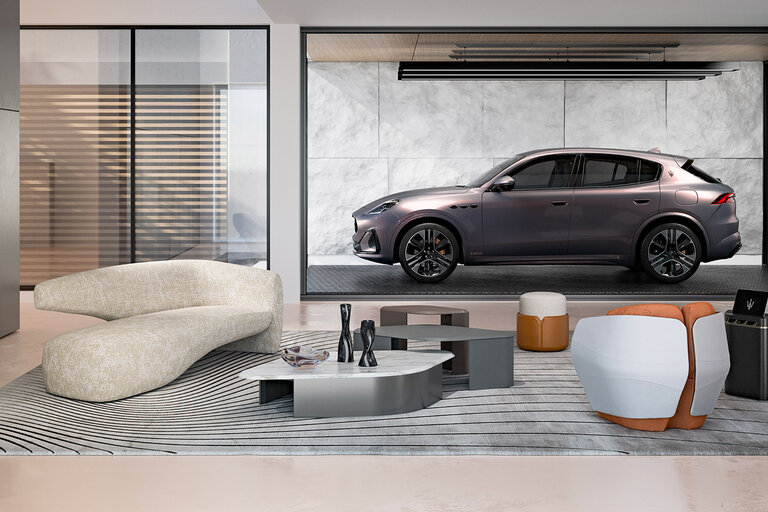
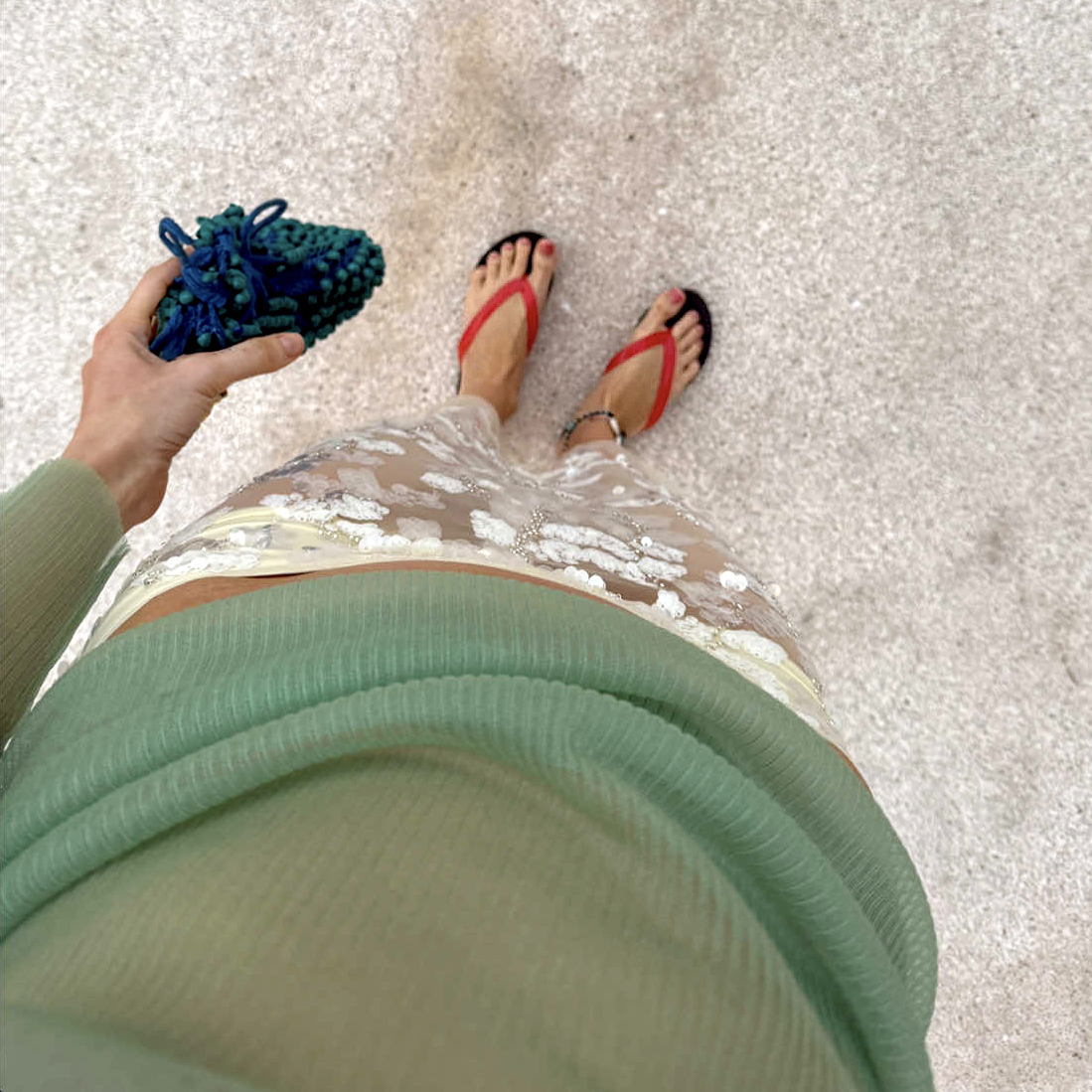






















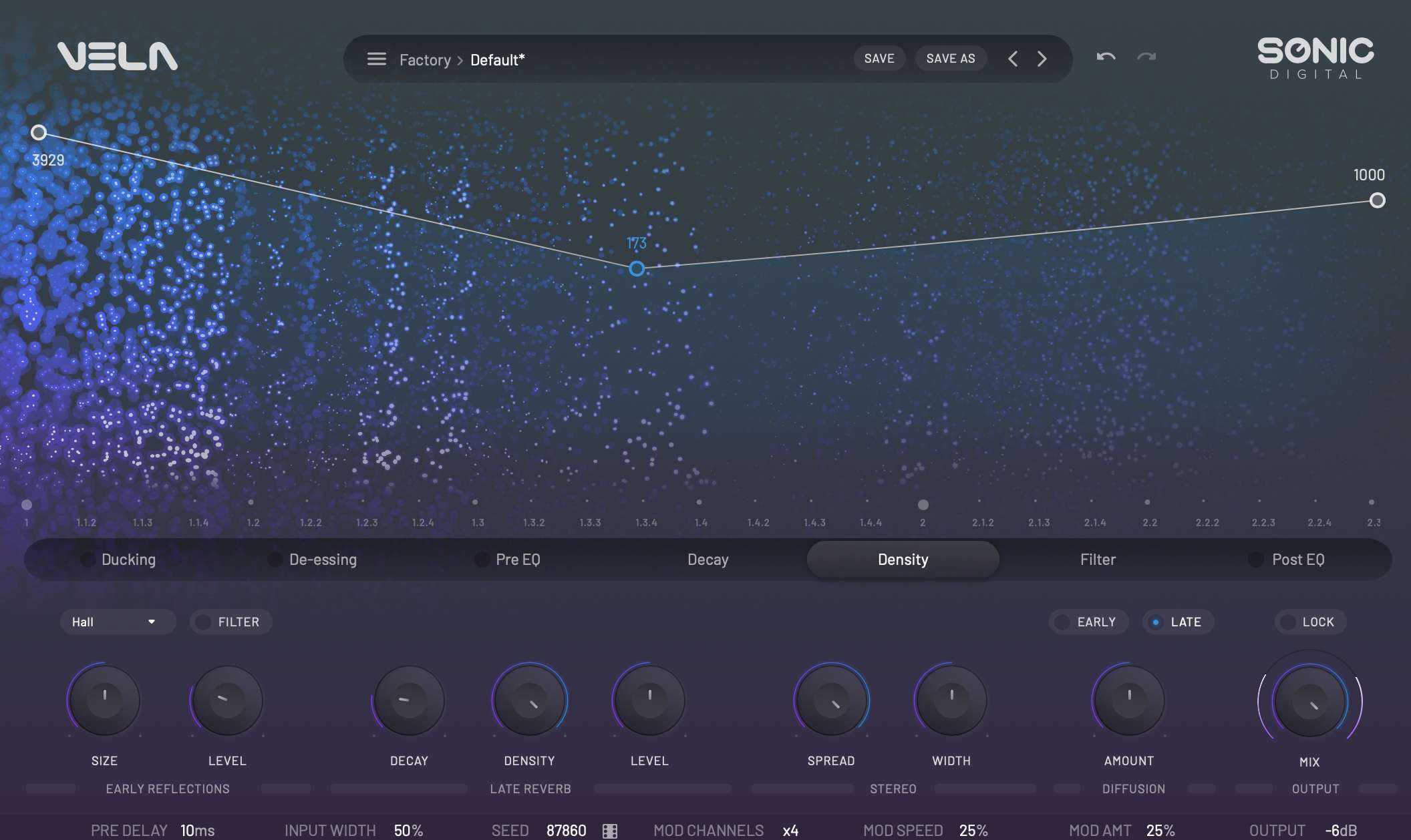
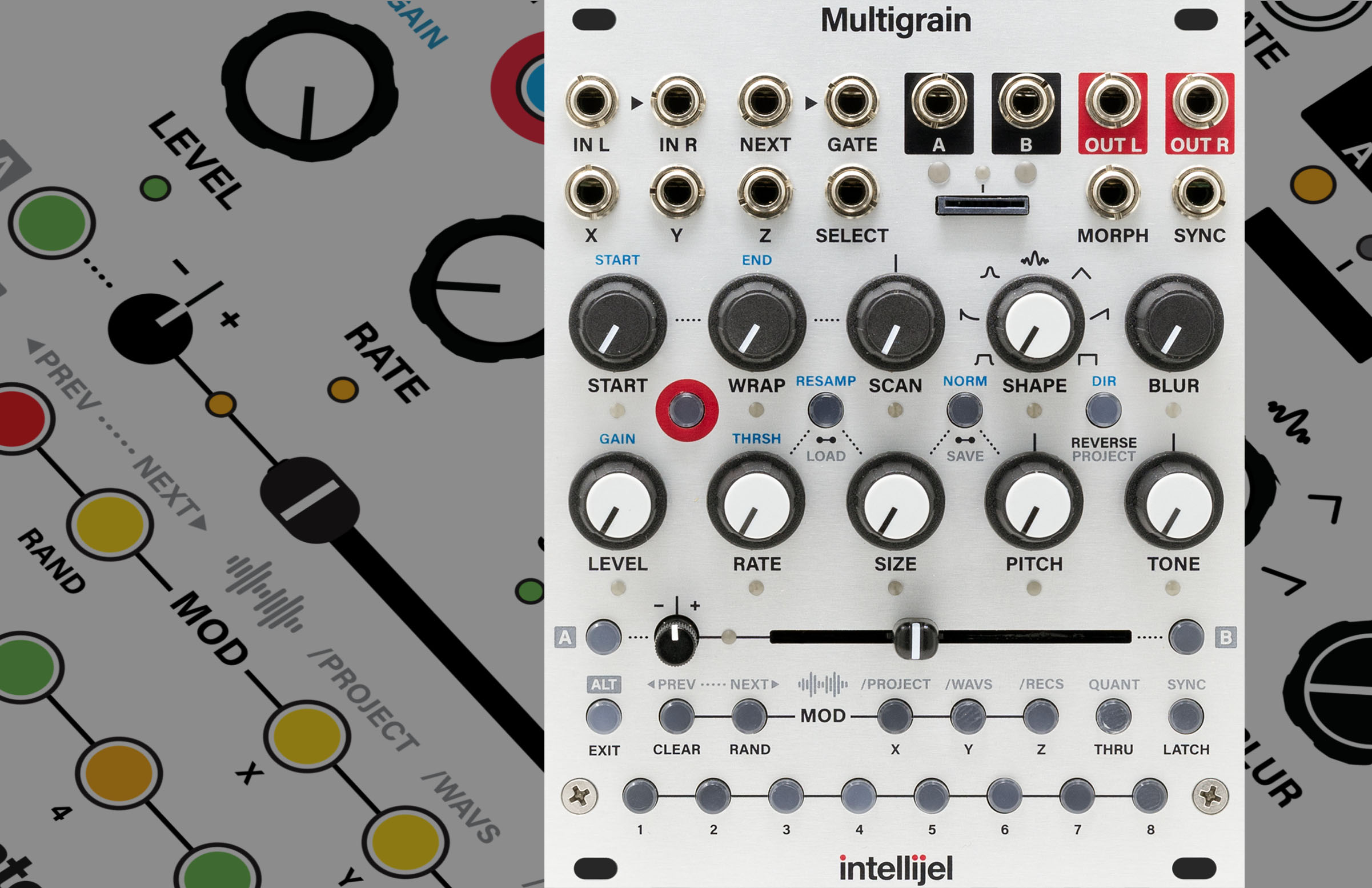
























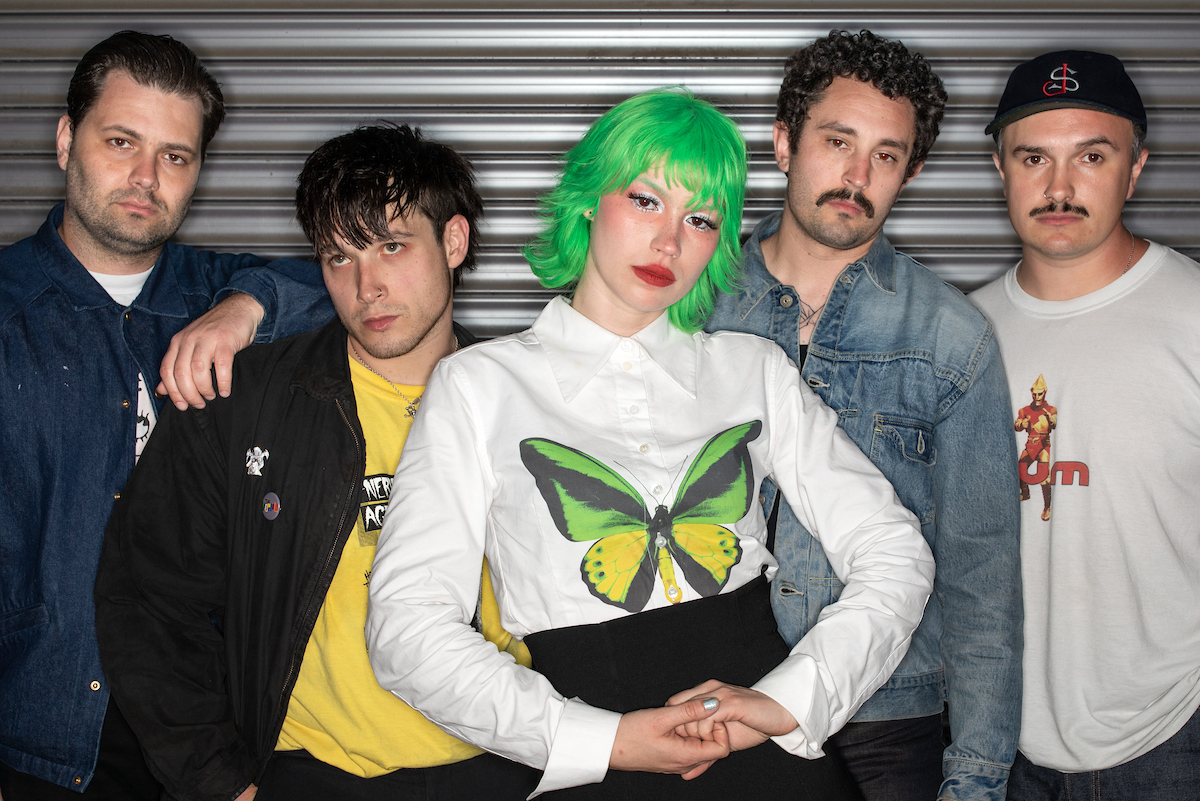













 (@jaytravelsworld)
(@jaytravelsworld)
